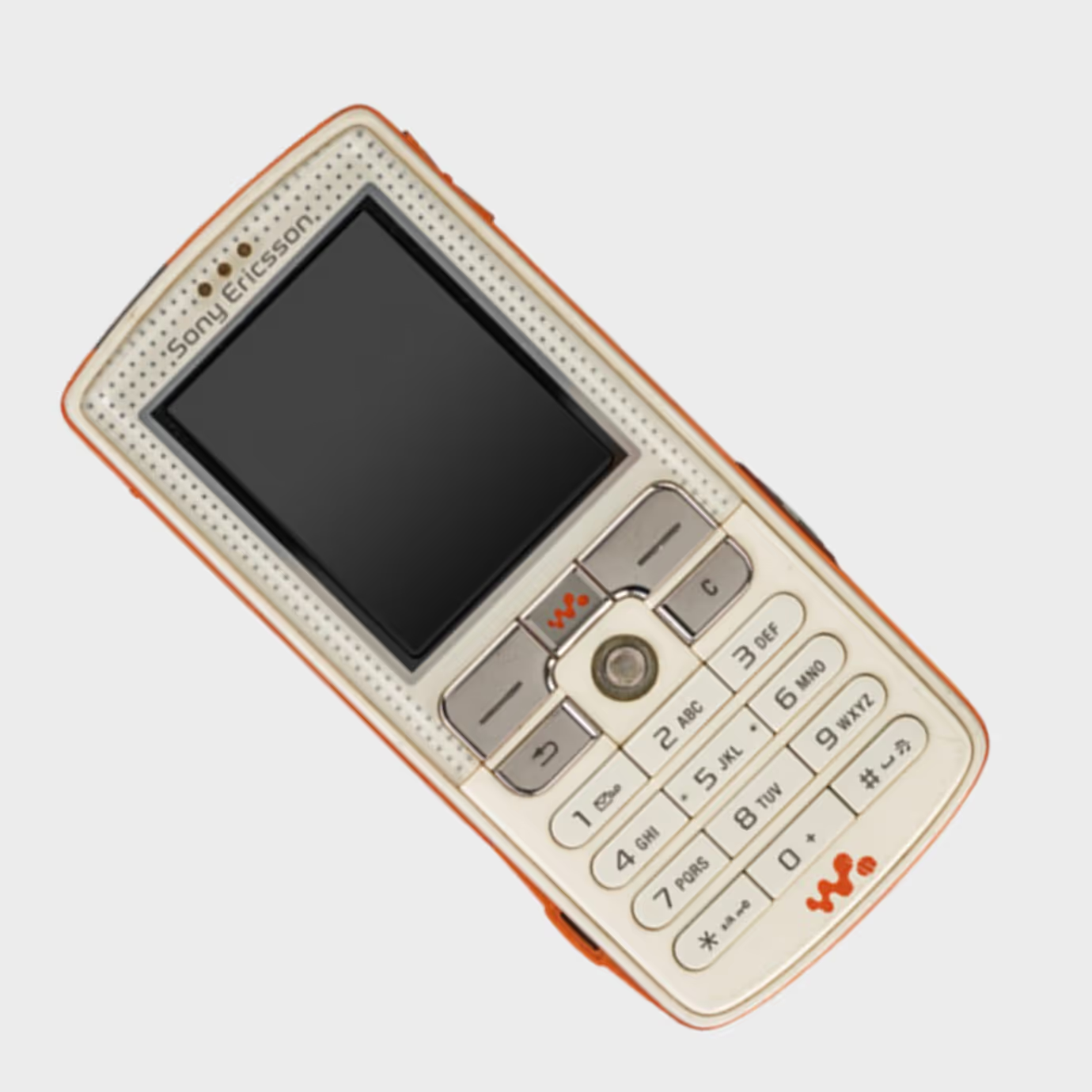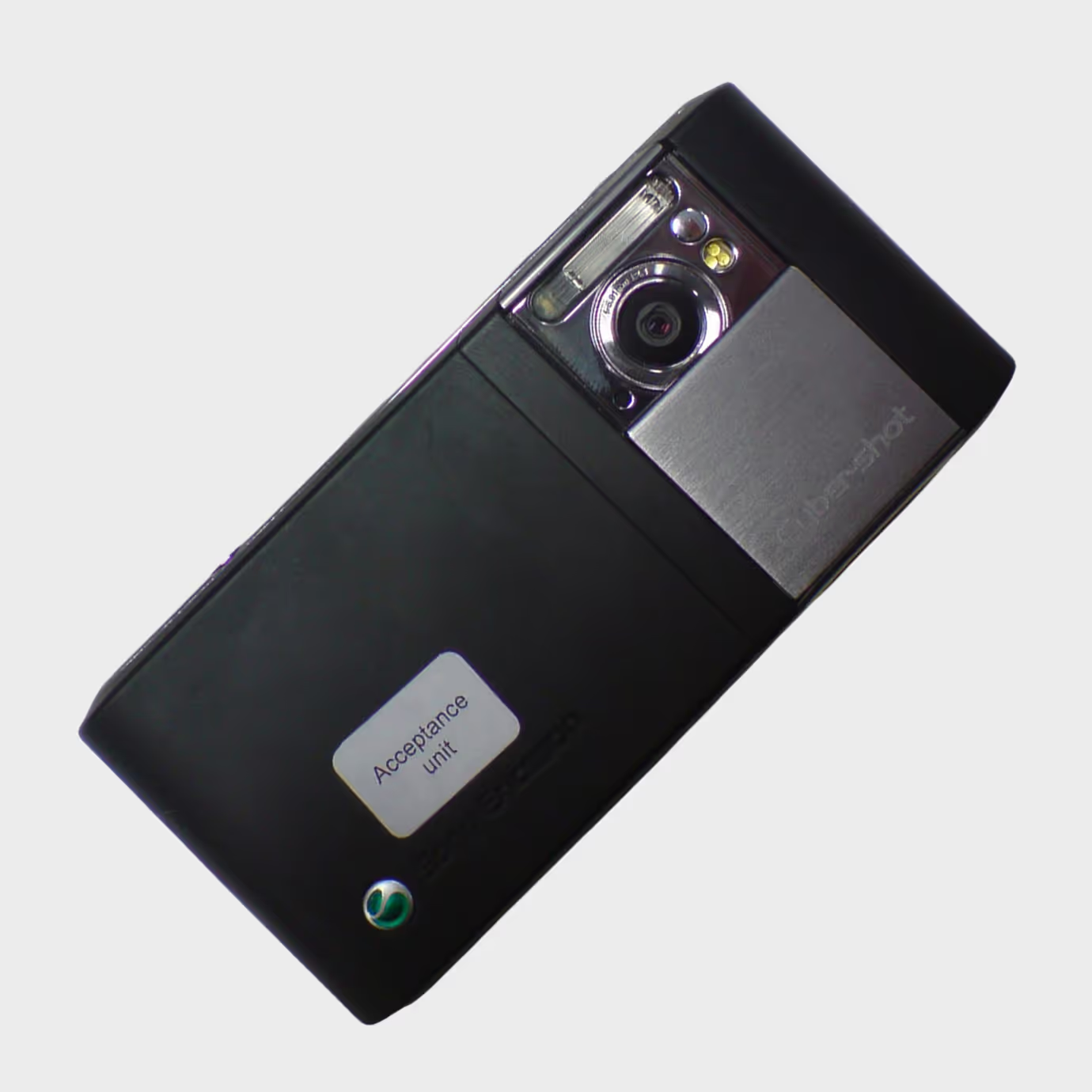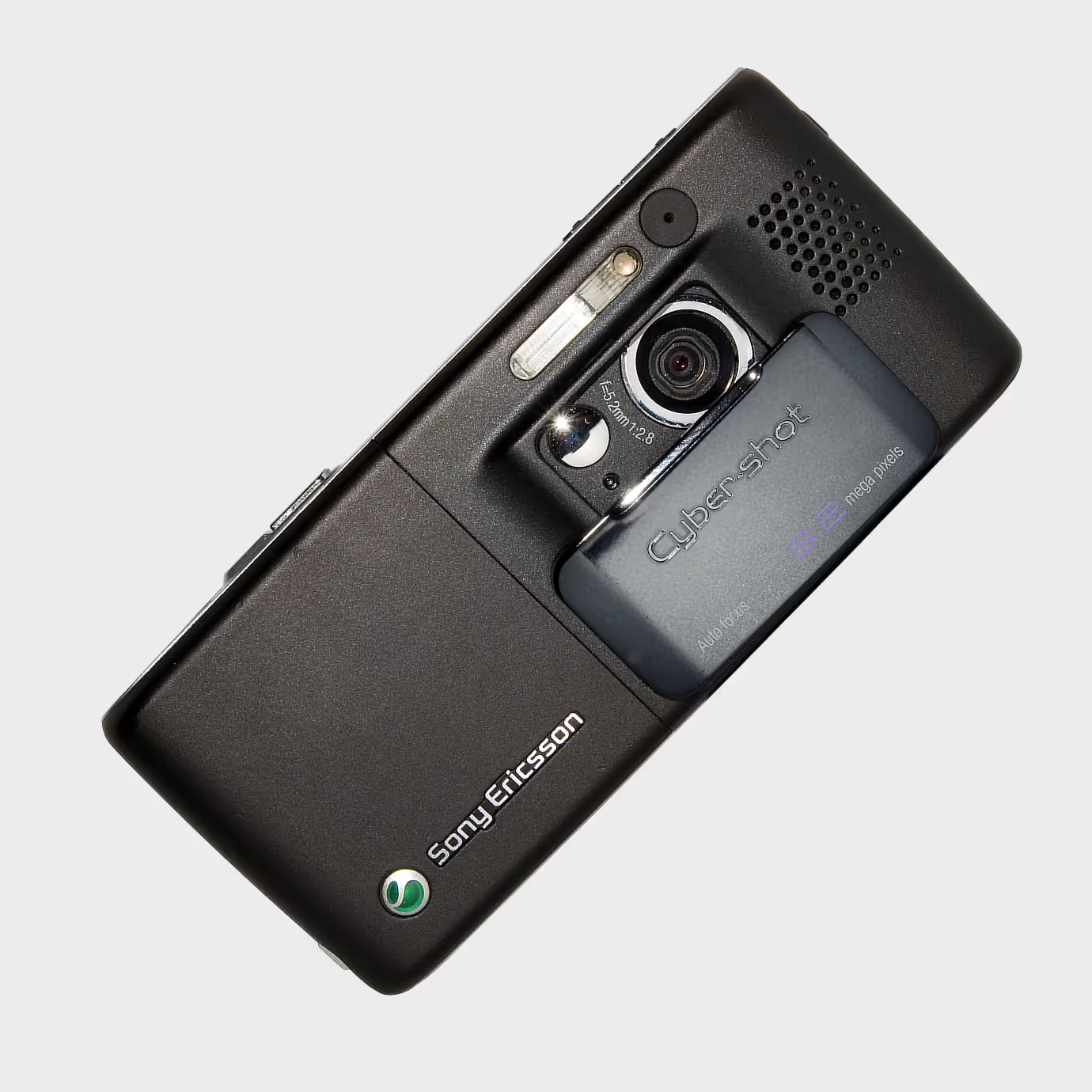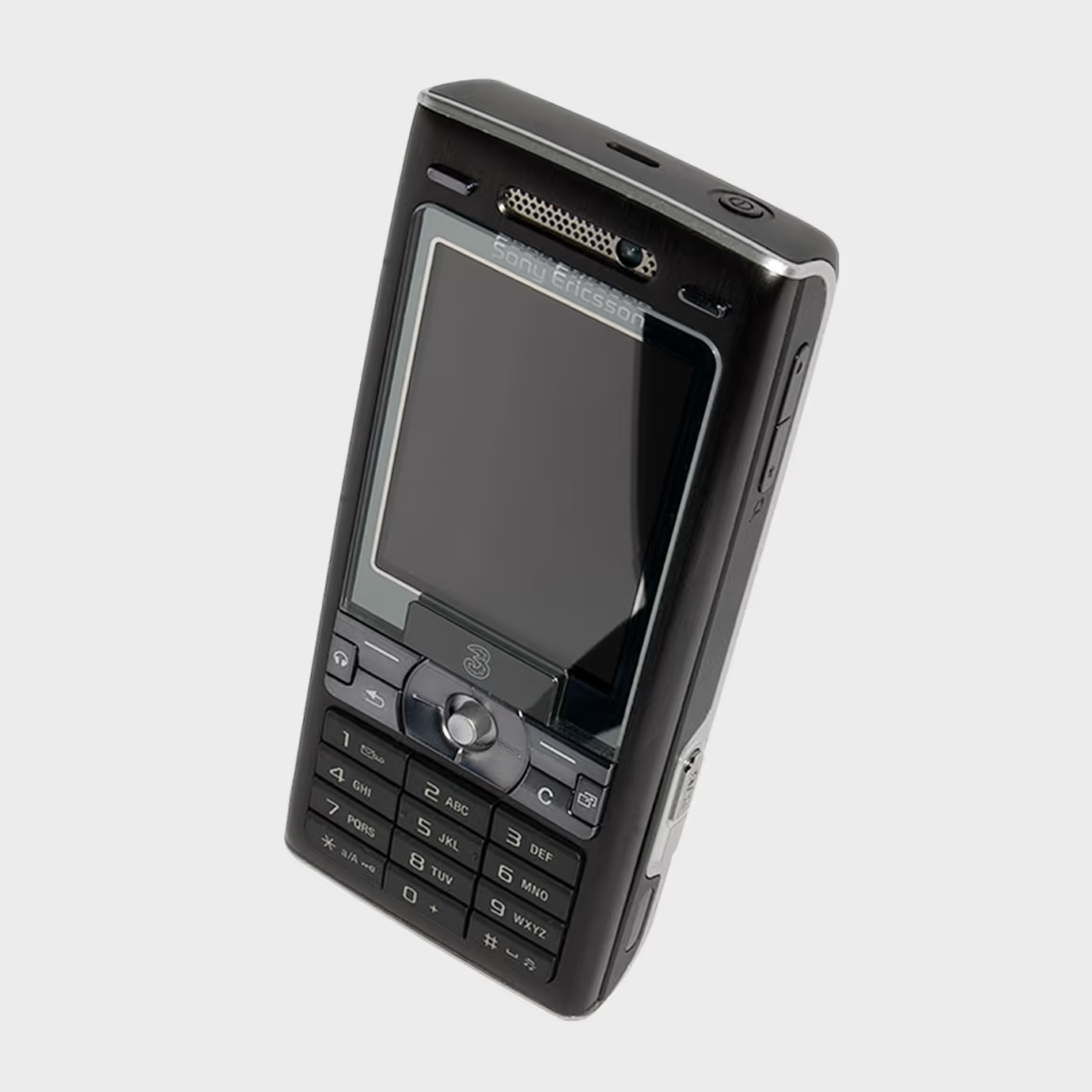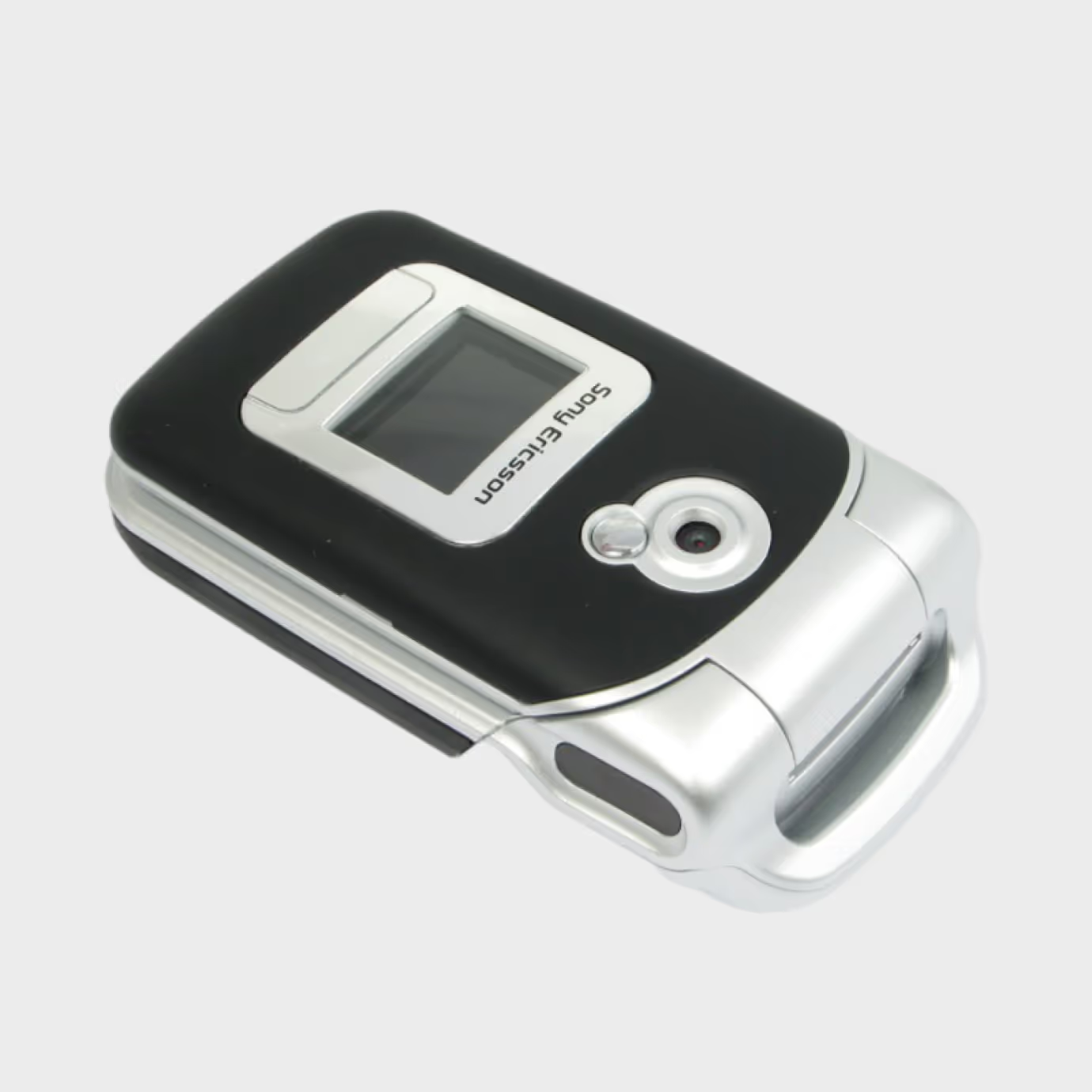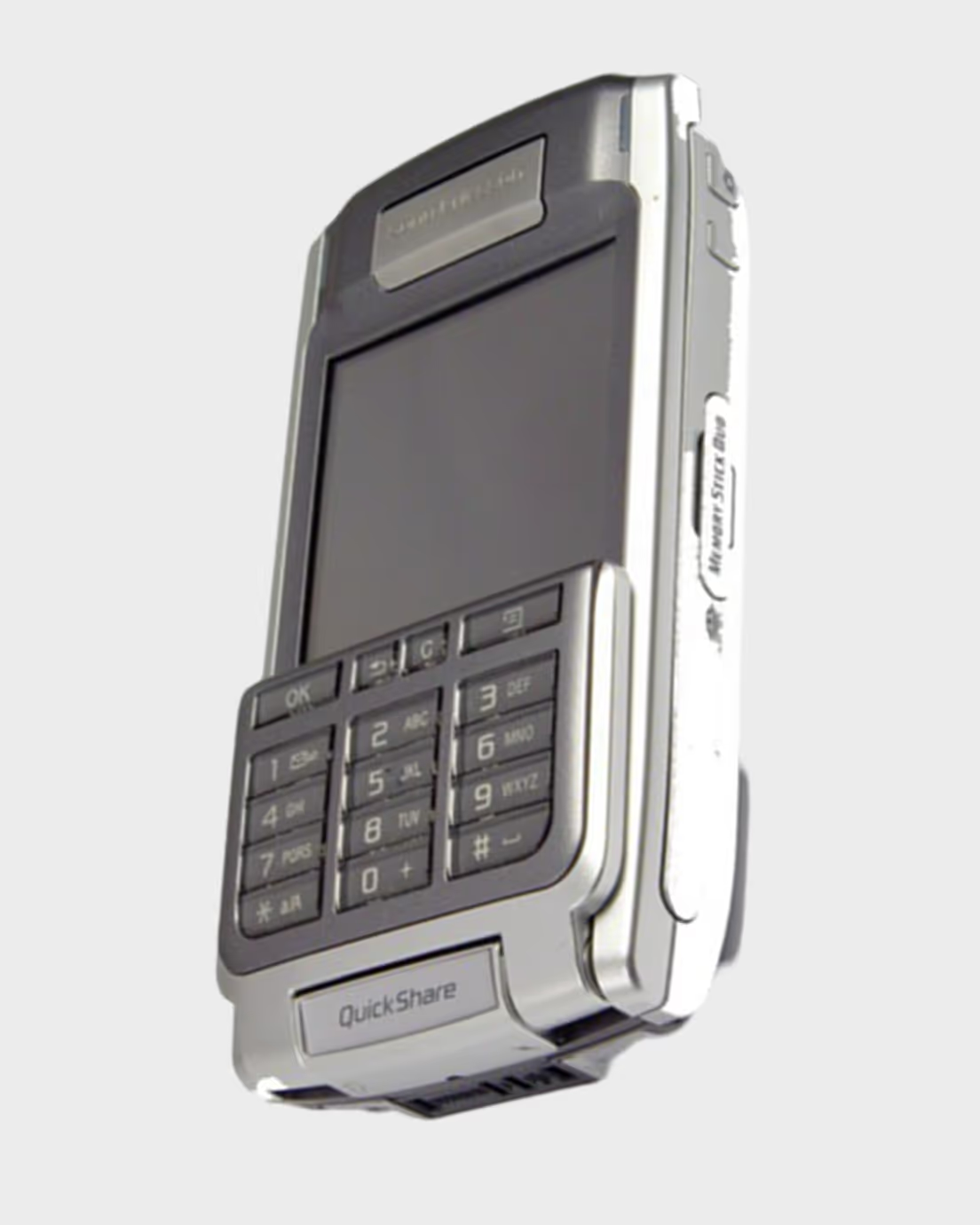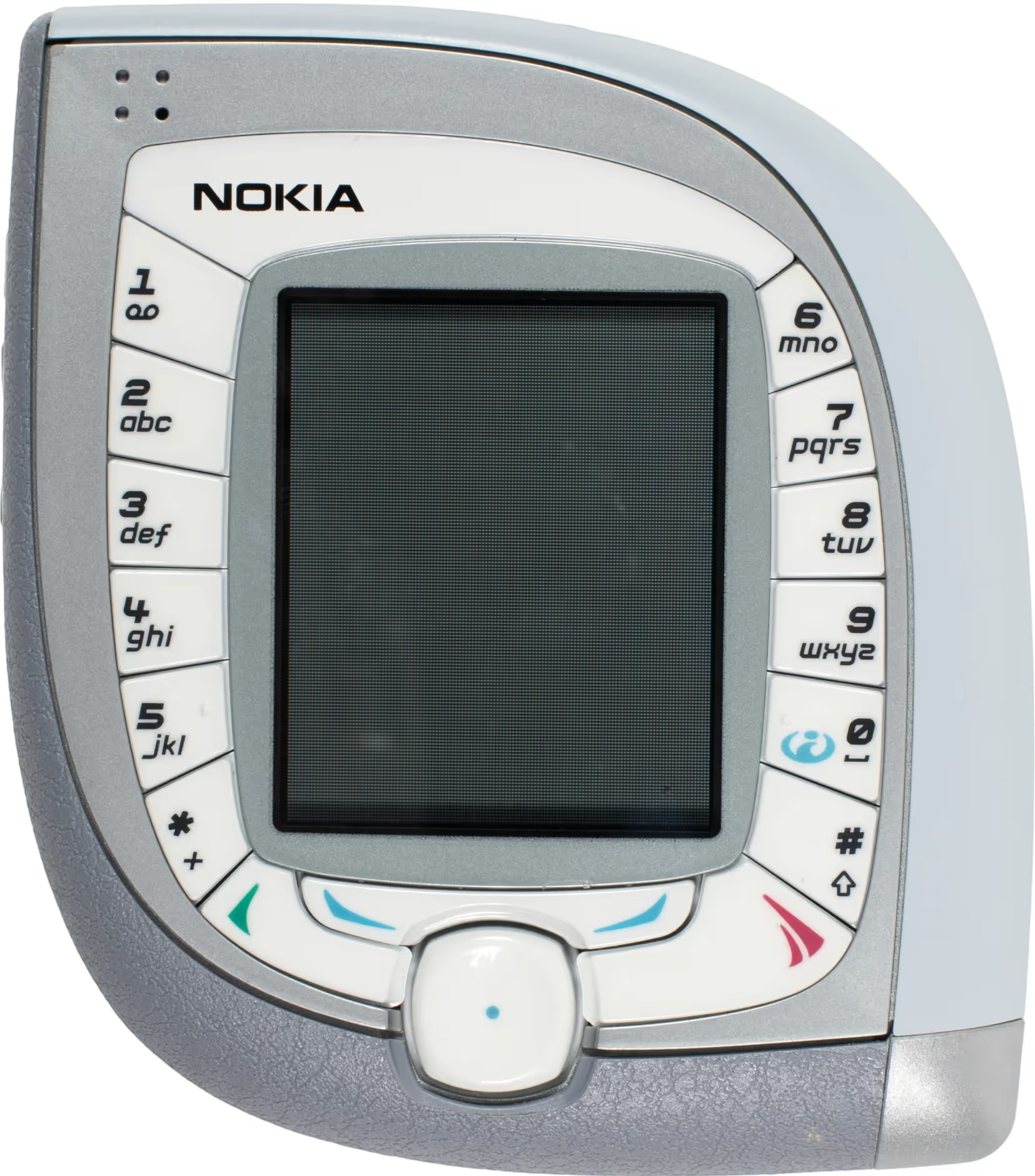

In the beginning and mid 2000’s, there was an era of cell phones with real push-button keyboards, low mobile and internet connection or even no internet at all. It was a time of various, non-standardized phone designs, when you, as a consumer, could choose any brand you wanted and express yourself through different shapes and colors of your mobile device. A time before our phones became smart.


For a decade beginning in 1998, Nokia was the largest and most successful worldwide vendor of mobile phones and smartphones. The company released the first camera-phone and was one of the pioneers of mobile-gaming (we all remember Snake). In 2010s, however, it suffered from a series of poor management decisions and its share of the mobile phone market dropped dramatically and forever.

The main competitor of Nokia and the first company to produce and launch a cell-phone in 1983 (can you imagine?) Motorola phones were known for outstanding looks as the company was a trendsetter in light and thin cell-phone design. The company suffered a total collapse in 2012 and the remains of it were later sold to Lenovo.


Sony Ericsson was as well considered a pioneer in the mobile phone industry due to its cutting edge designs and features, such as high-quality camera capabilities and music playback. There’s a rumour that even Steve Jobs looked up to Sony’s innovative design approach. Just like Nokia and Motorola the brand failed in 2011 owing to poor product positioning, tough competition and lack of further innovations.

What phone pops into your mind first when you come to think of a classical cellphone / dumbphone? Of course it’s the legendary Nokia 3310, a.k.a. ‘The indestructable’. Even though 3310 was (and maybe still is) the toughest phone out there, its design is sleek and simple: a slightly rounded rectangular unit with the numeric keypad. The blue button is the main button for selecting options, with "C" button as a "backspace", "back" or "undo" button. The users particularly adored its nice and friendly keyboard enabling fast messaging anytime and everywhere.
This cellphone left a huge legacy of internet memes due to its insane durability especially in comparison to that of modern smartphones. Oftentimes it’s also been called ‘the Nokia brick’. Rest assured that in case of a zombie-apocalypse your good old 3310 left in a drawer a long time ago will probably save your life and it will still have 1-2 bars of power.
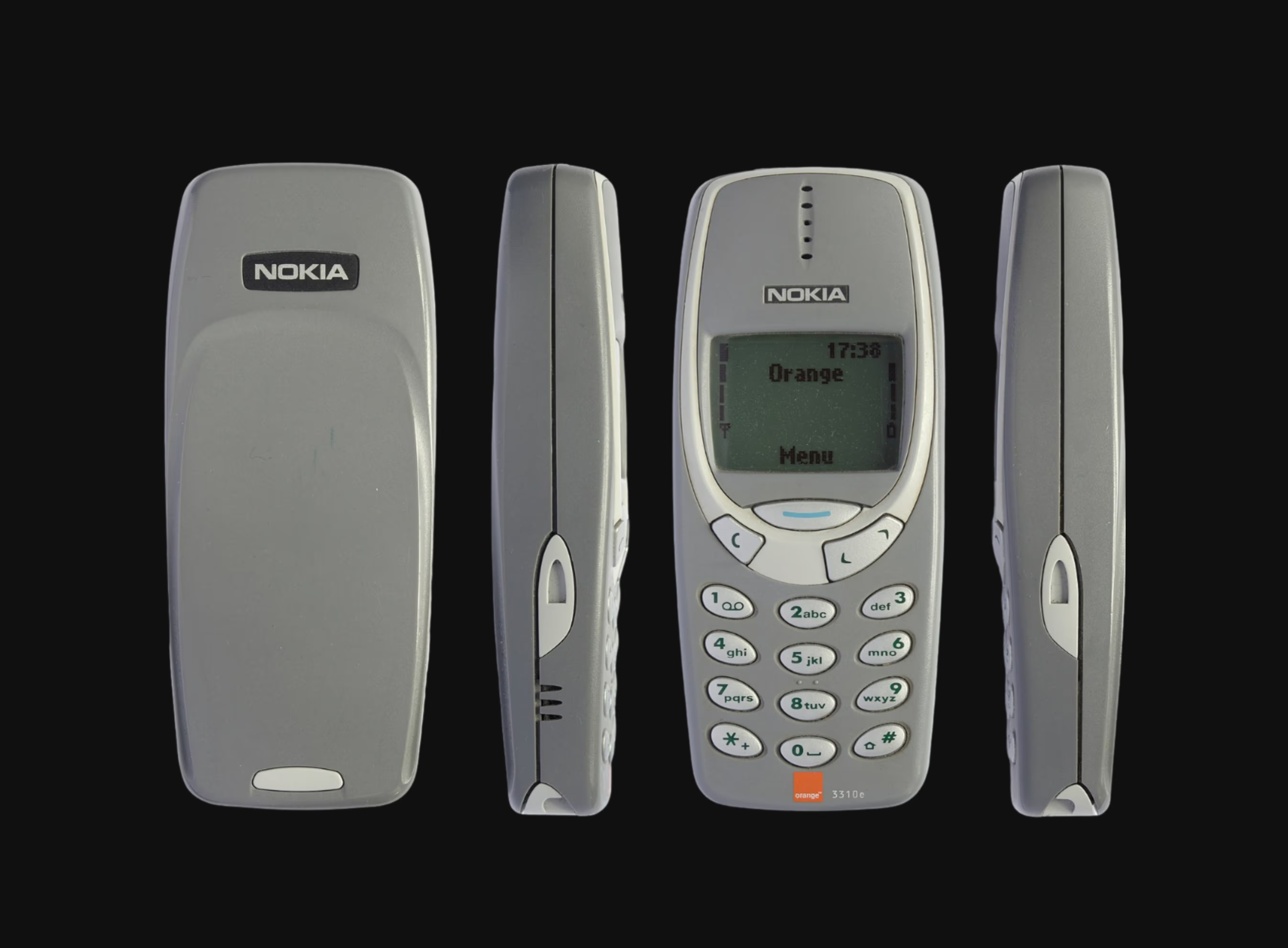
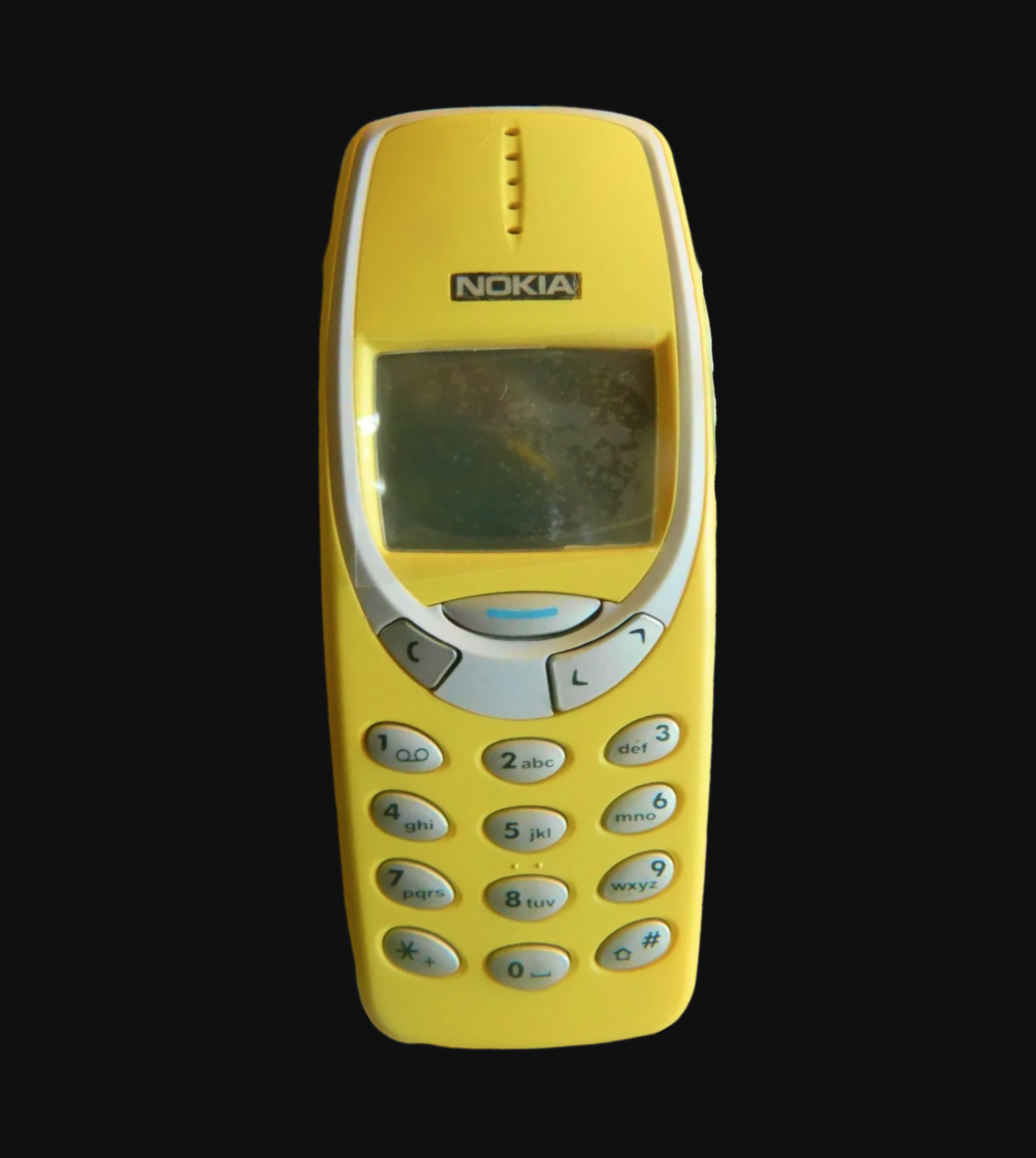
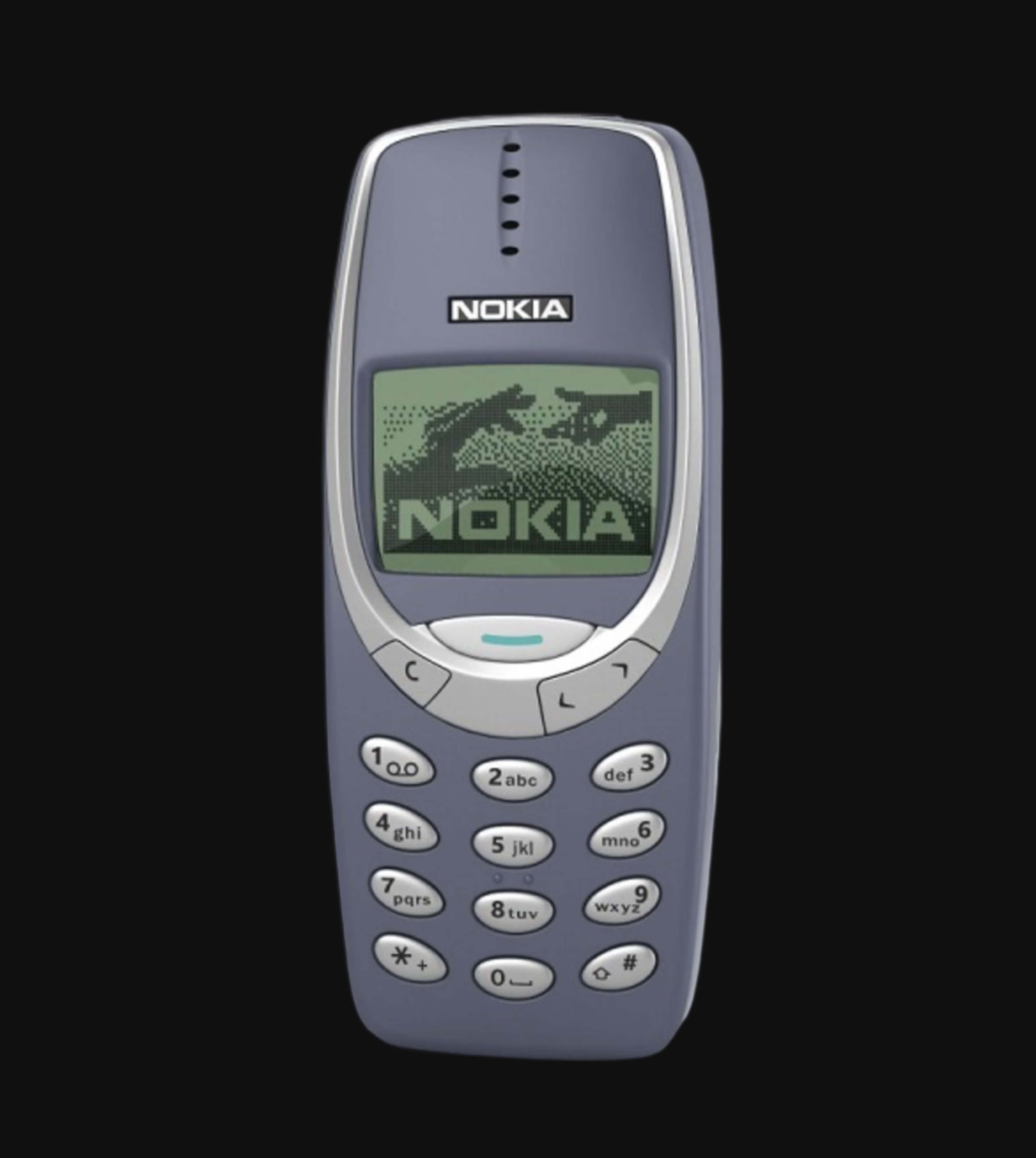
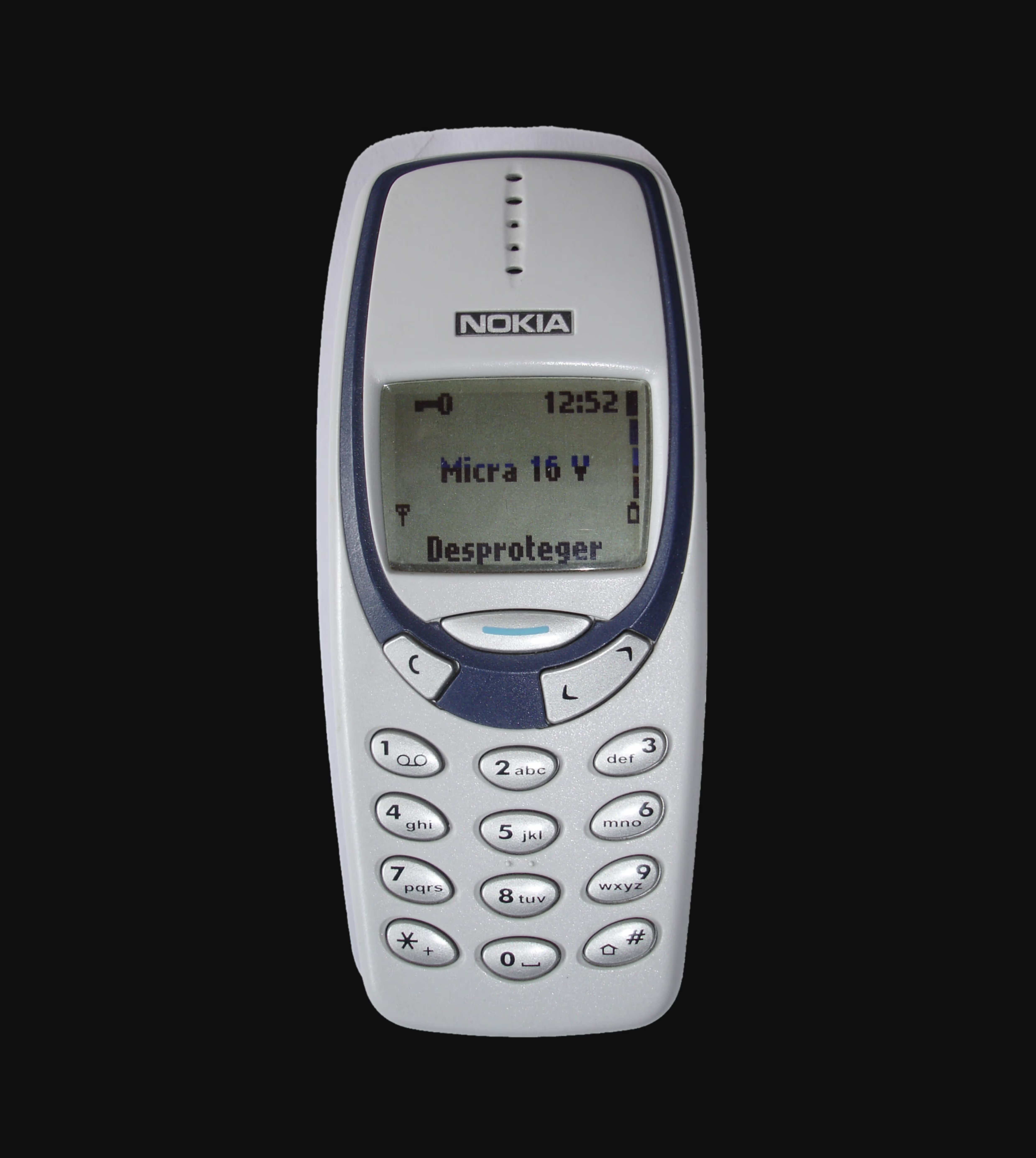
The 3310 is known for having many features that were rare for the time. These include many utilities, such as a calculator, stop watch and a reminder function. It even has four games: Pairs II, Space Impact, Bantumi, and the hugely popular Snake II.

The phone was marketed as a customizable handset targeting the youth. Back in the beginning and the middle of 2000’s the majority of cellphone users were raving about customization. Replaceable covers, various ringtones and screensavers served this purpose alright.
The Nokia 3310 could be customized with interchangeable Xpress-On covers, and thousands of different designs have been produced by various companies.
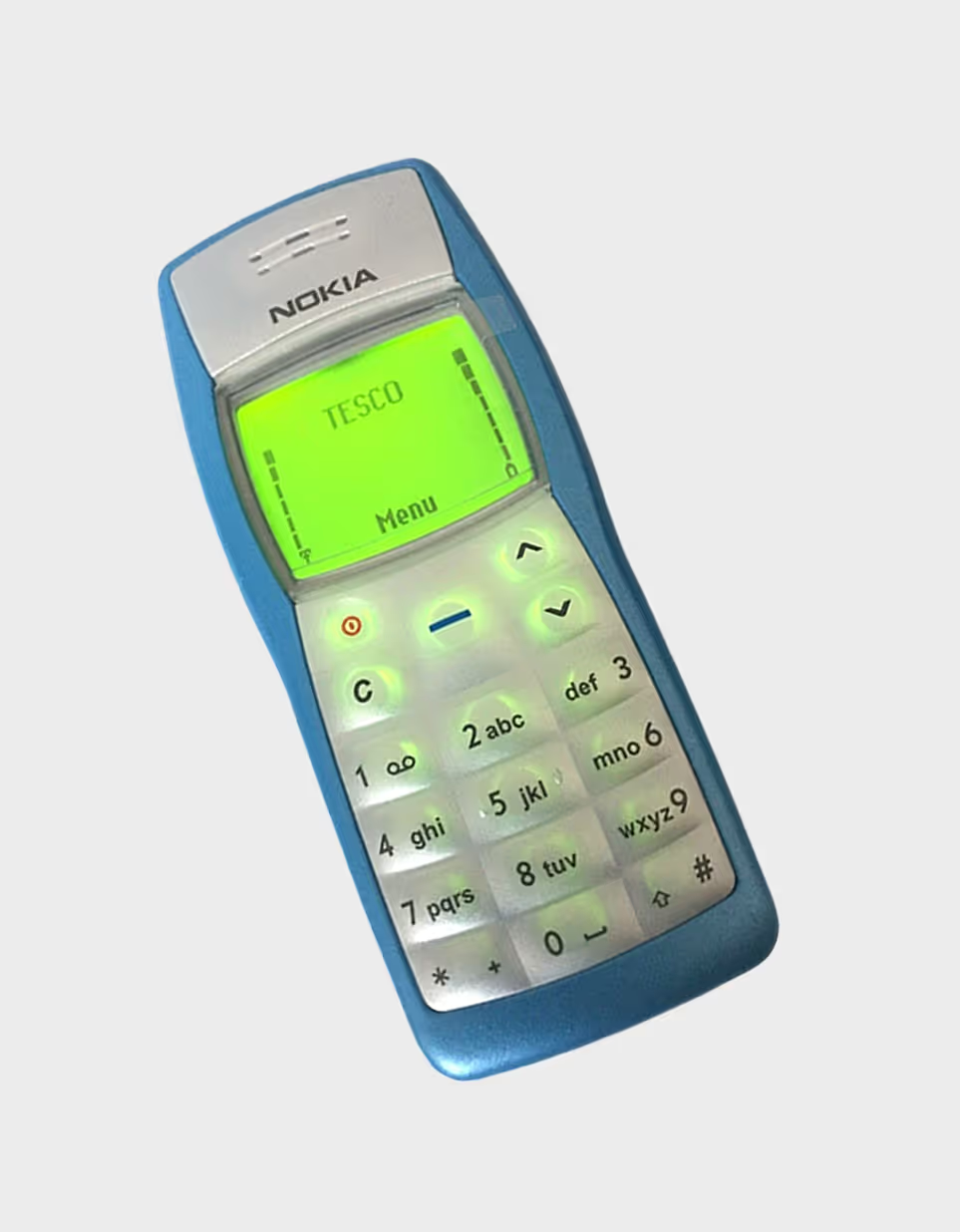
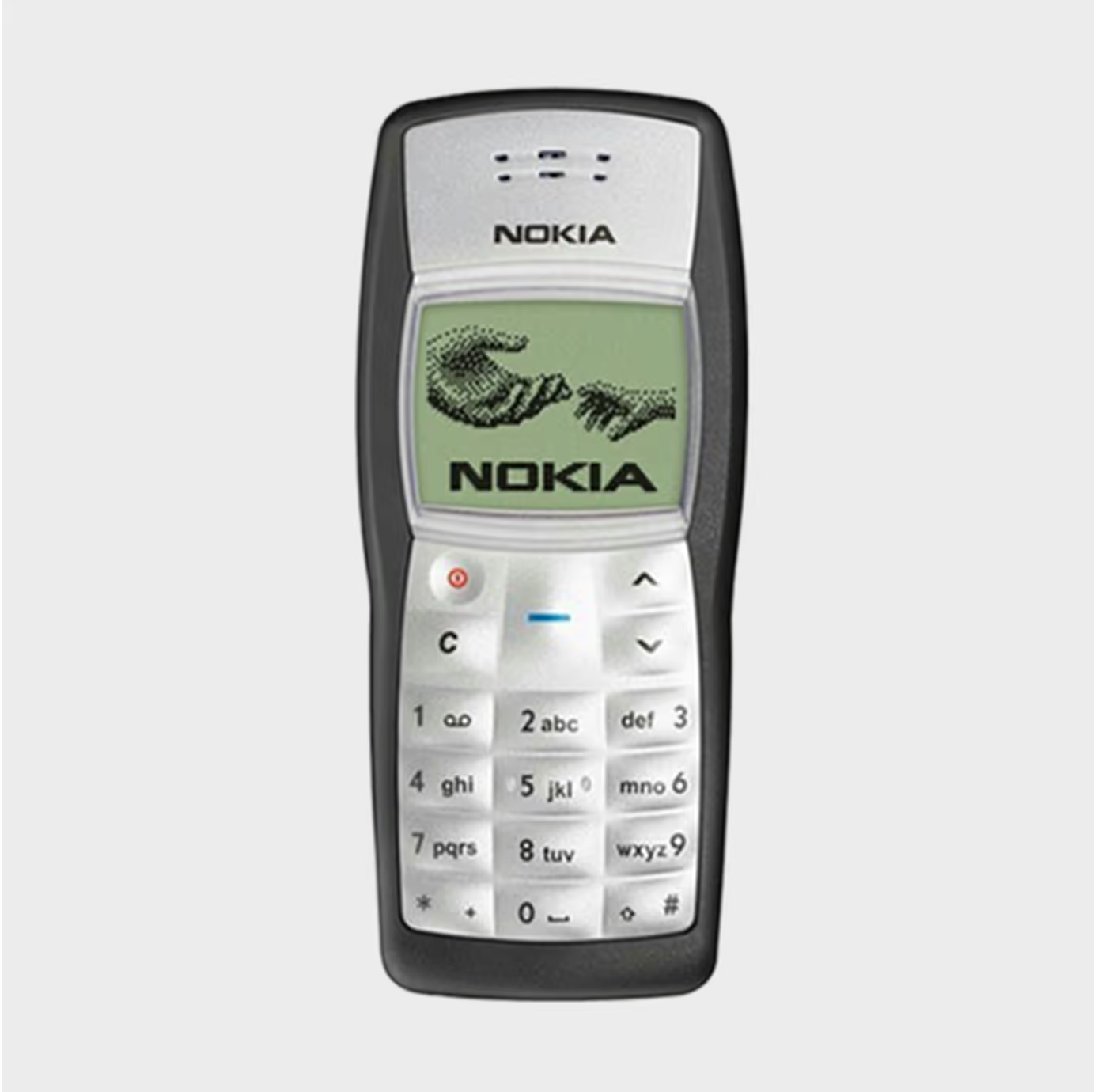
I bet you guys always thought one of them IPhones is #1 best-seller phone of all time. Now get a load of this, it’s Nokia 1100. The 1100 achieved its popularity despite being made during a time when more modern and advanced devices were out there. It was targeted towards developing countries and users who do not require cool features beyond making calls and SMS text messages, alarm clock, reminders, etc. Over 250 million 1100s have been sold!
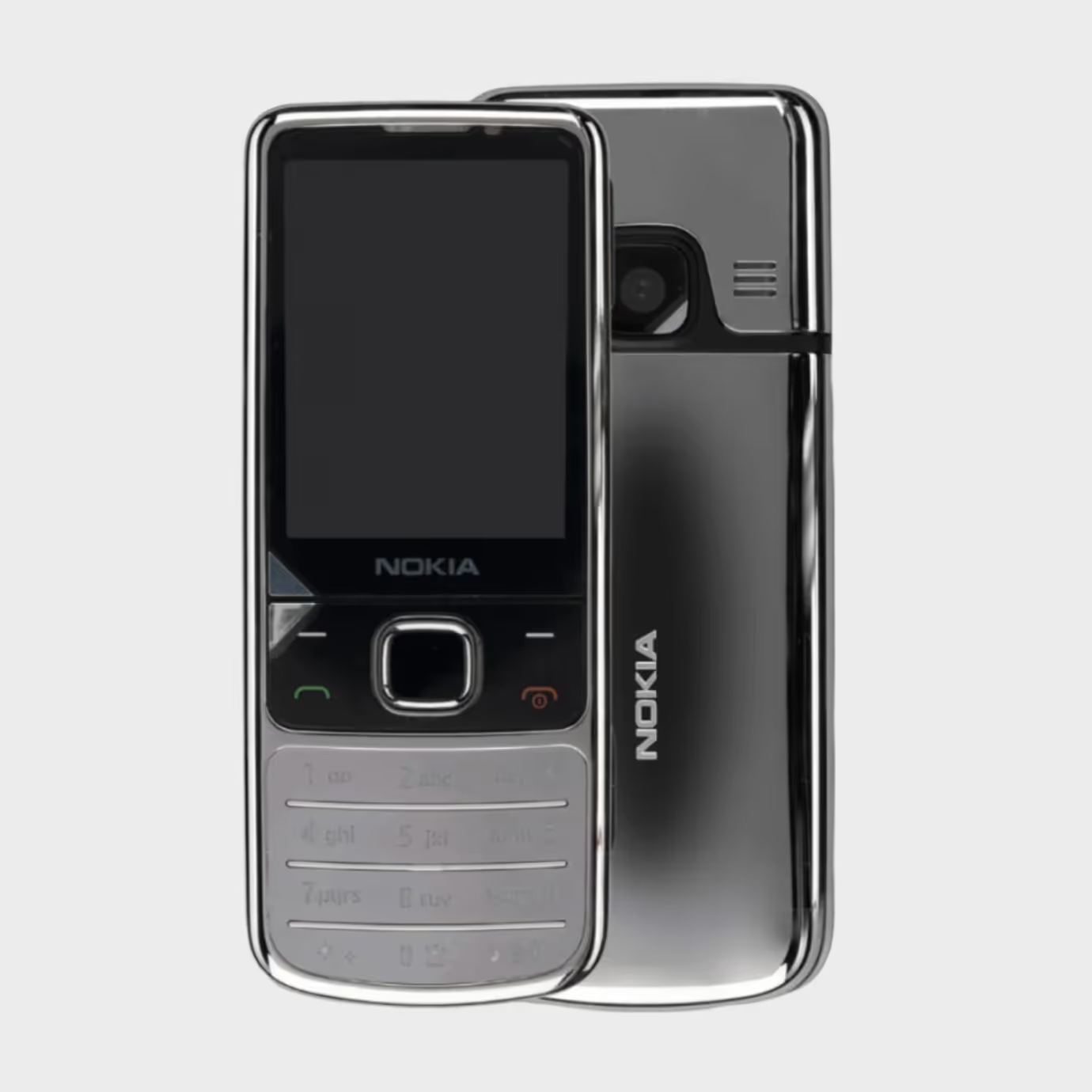
Chrome-covered classic-style Nokia that your post-Soviet papa most probably owned back in 2009 (well, mine sure did). Stainless-steel case and smooth angles made it a lovely object to hold. Nokia 6700 could also flaunt its 5.0-megapixel camera with LED flash, WebKit Open Source Browser, A-GPS navigation, Bluetooth and Java 2.1.
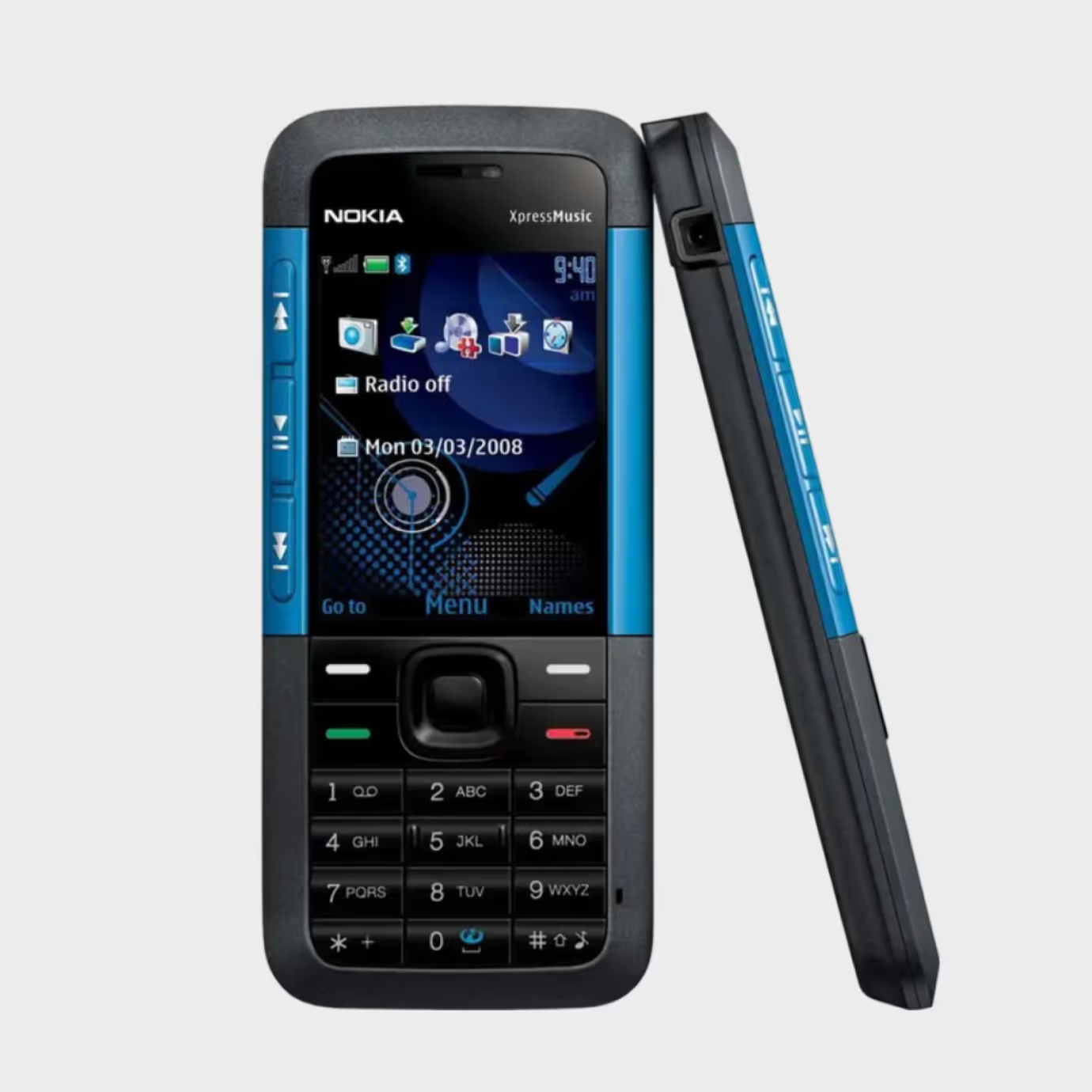
An ultimate dream of any teenager in 2007-2008. As a player-phone, it could flaunt nice sound quality, as well as 3 music buttons: Play, Next Track and Previous Track. These buttons could activate the music player anytime. Included such iconic pre-installed games as City Bloxx, Snake 3 and Bounce but you could always download other unlicensed Java games. What a life we lived...
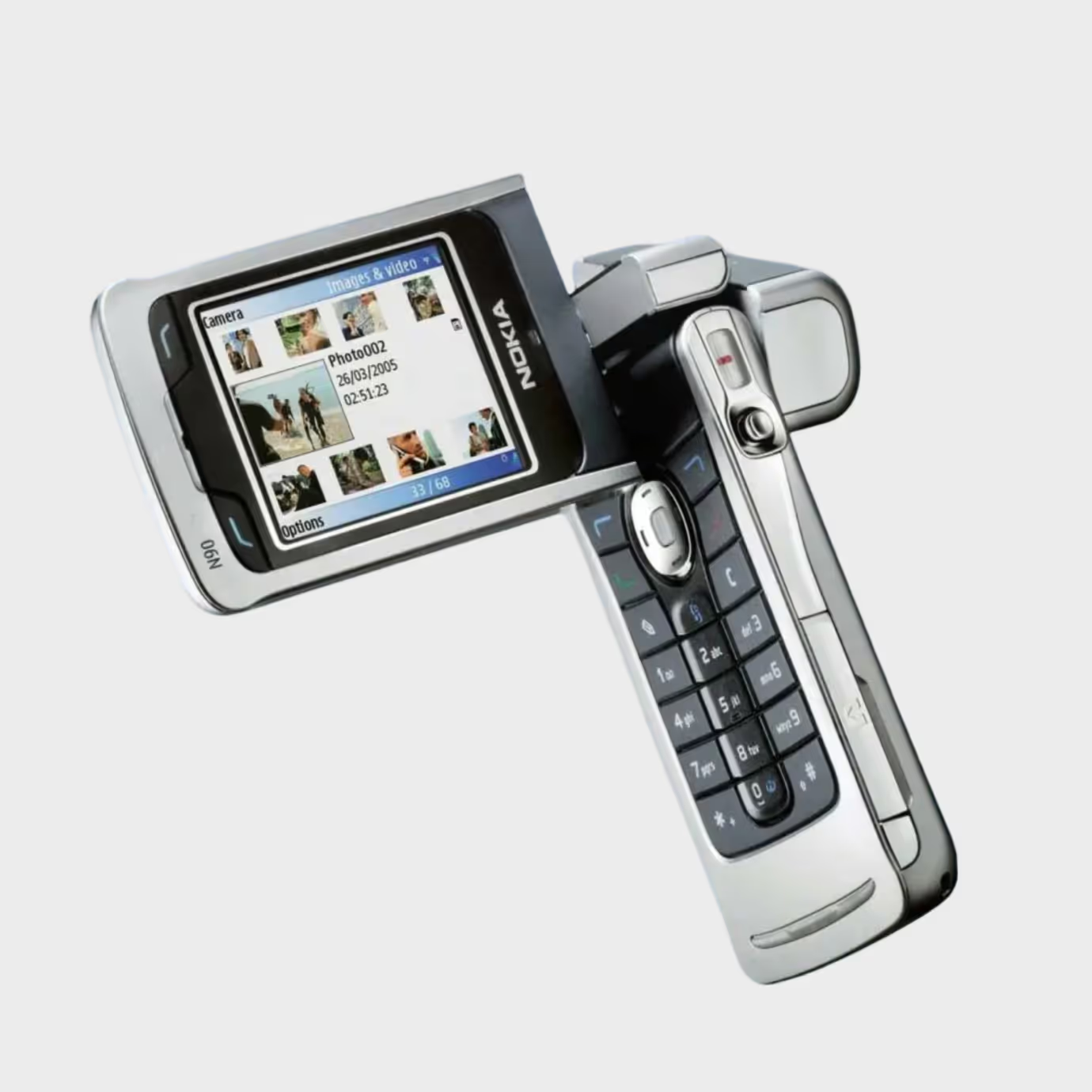
I bet you guys always thought one of them IPhones is #1 best-seller phone of all time. Now get a load of this, it’s Nokia 1100. The 1100 achieved its popularity despite being made during a time when more modern and advanced devices were out there. It was targeted towards developing countries and users who do not require cool features beyond making calls and SMS text messages, alarm clock, reminders, etc. Over 250 million 1100s have been sold!
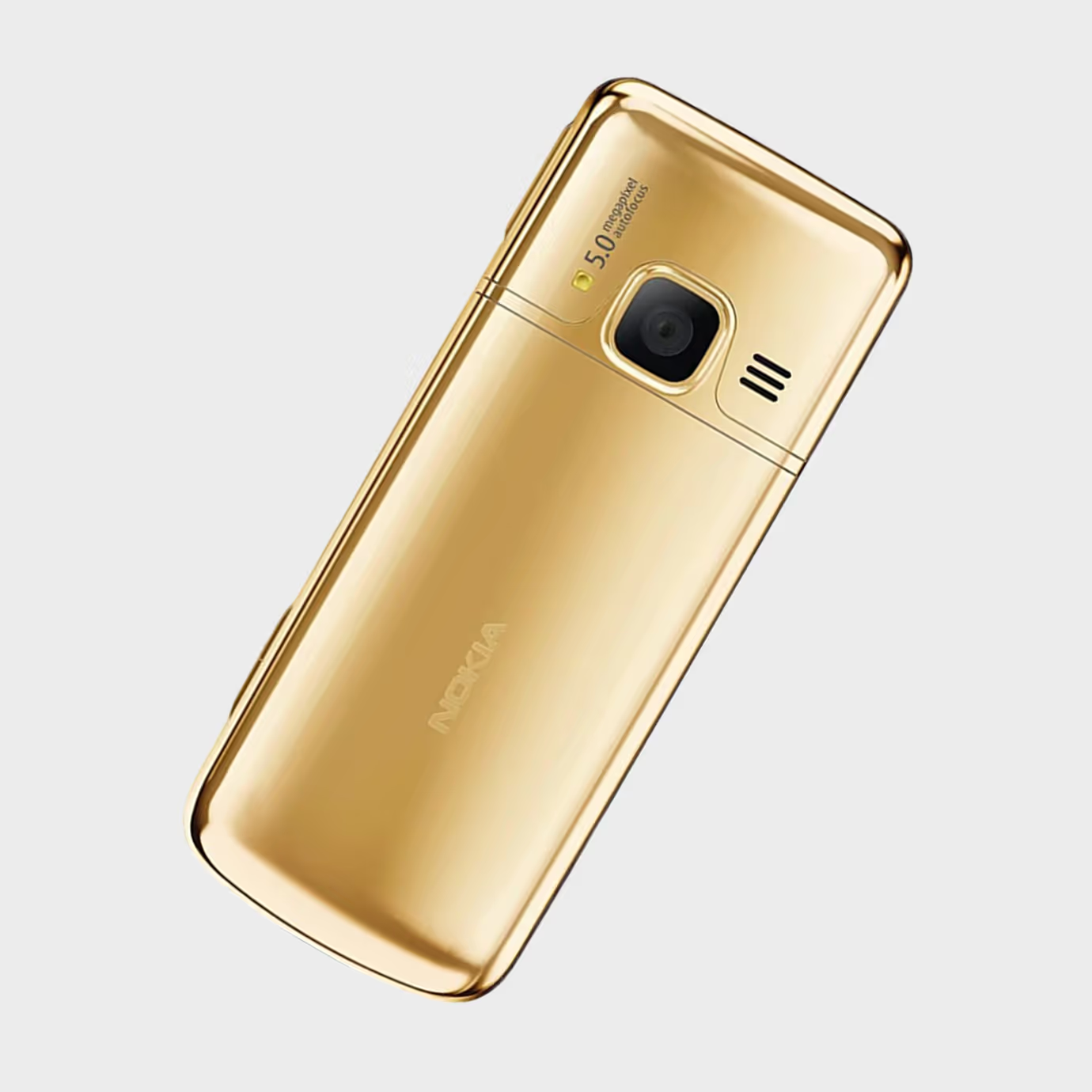

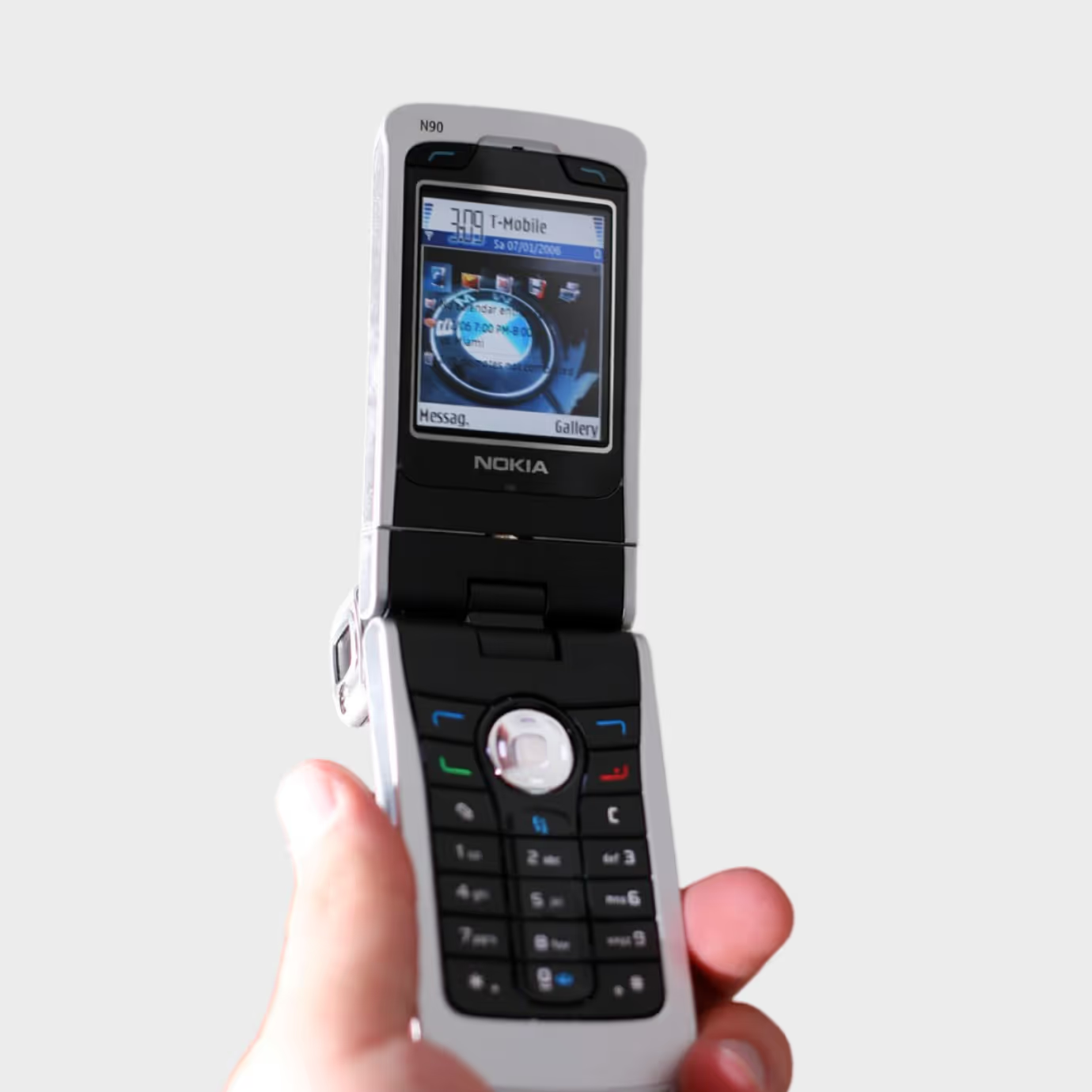


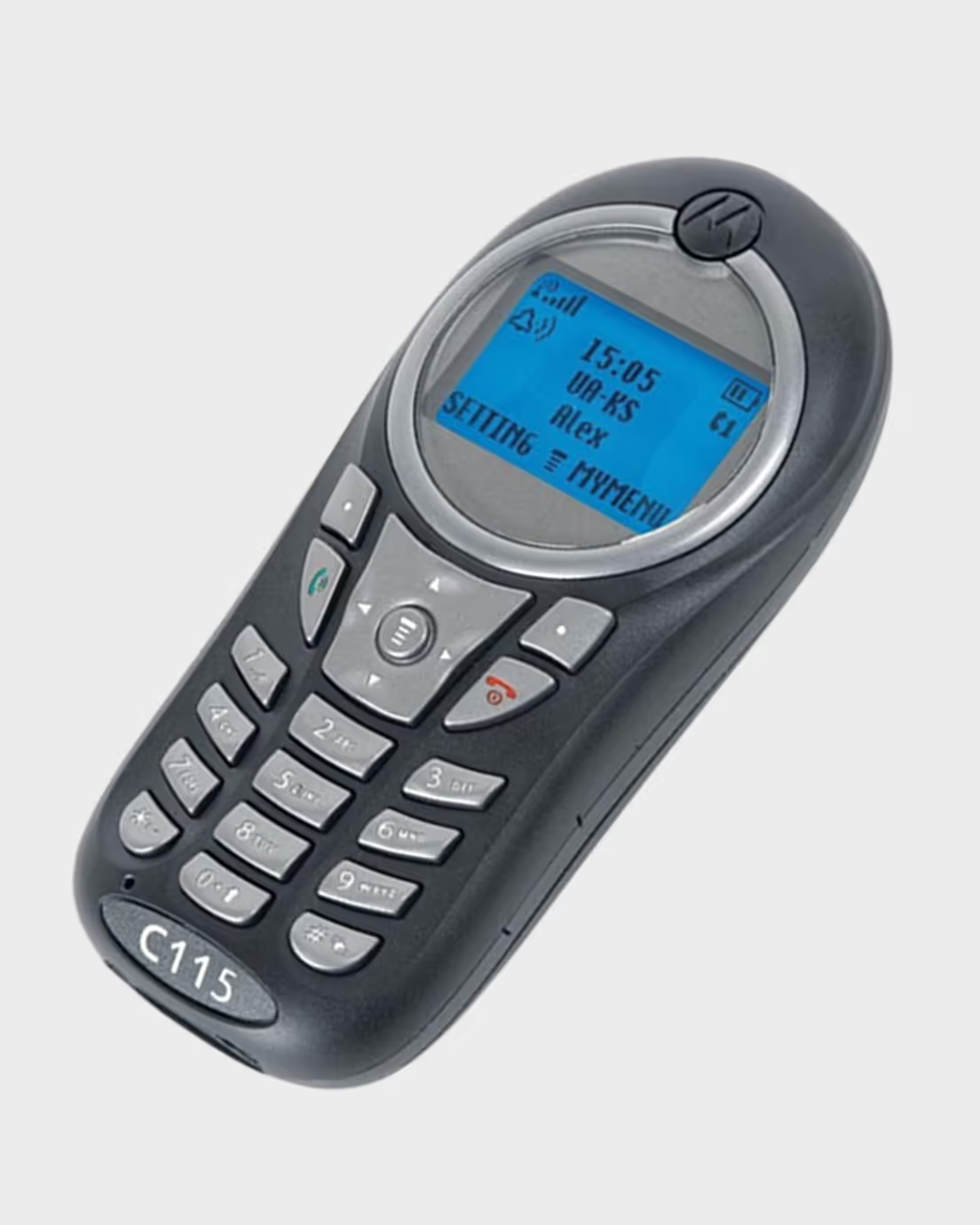
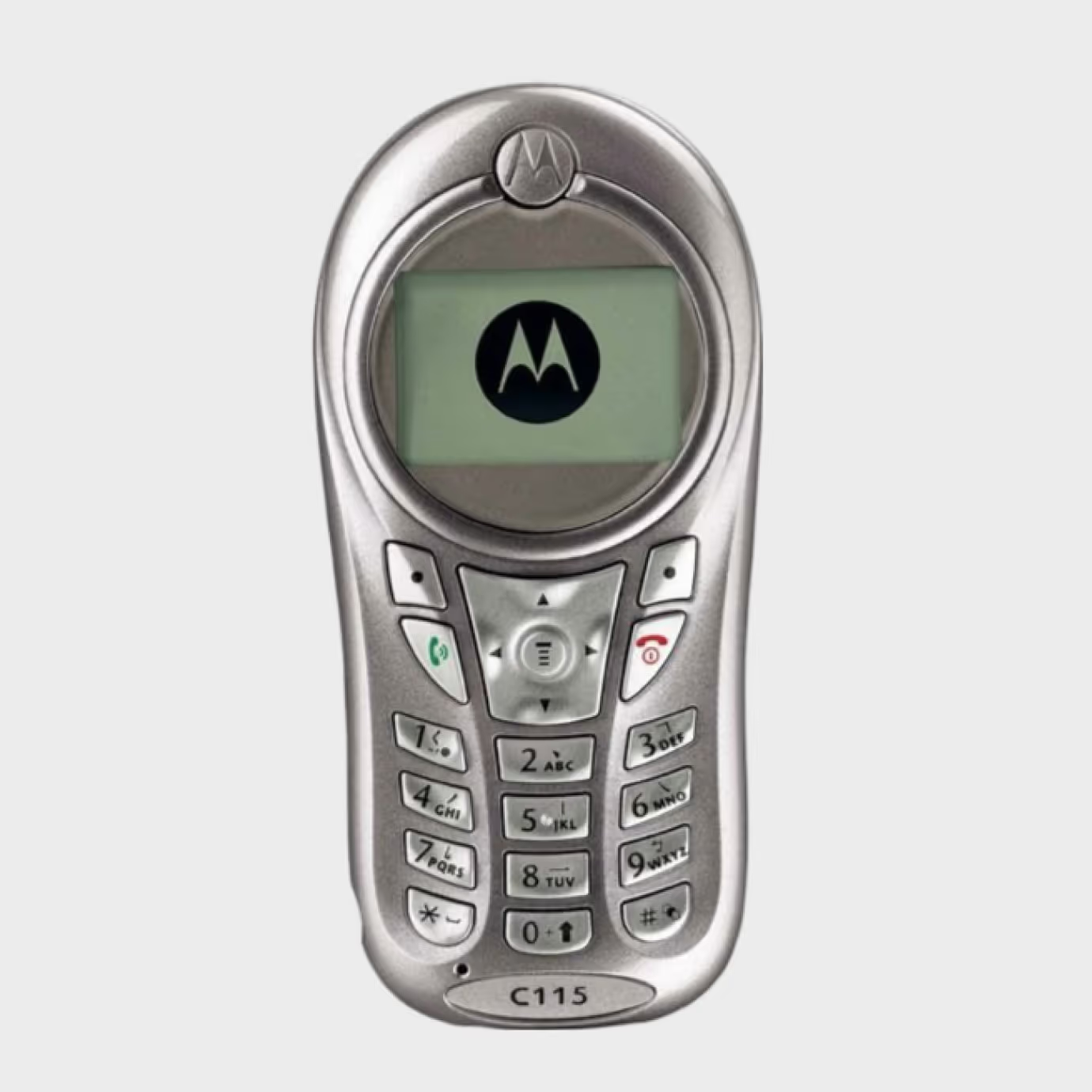
Cheap but srtong. At the time of its release, the battery capacity of the device (920 mAh) and 3.6 volts was the largest among Motorola phones. Has all the necessary features like monochrome display, SMS and making / receiving calls. It also looks like a cute alien baby and makes you wanna cry, or is it just me?

Nice minimalistic design, bright display and smooth corners but don’t get tricked by its humble looks. This is a real player-phone enhanced with loud stereo-dynamics, disco mode (when the keyboard backlight changes its colors to the music you play) and multiple pre-installed Java-games. What else to wish for?
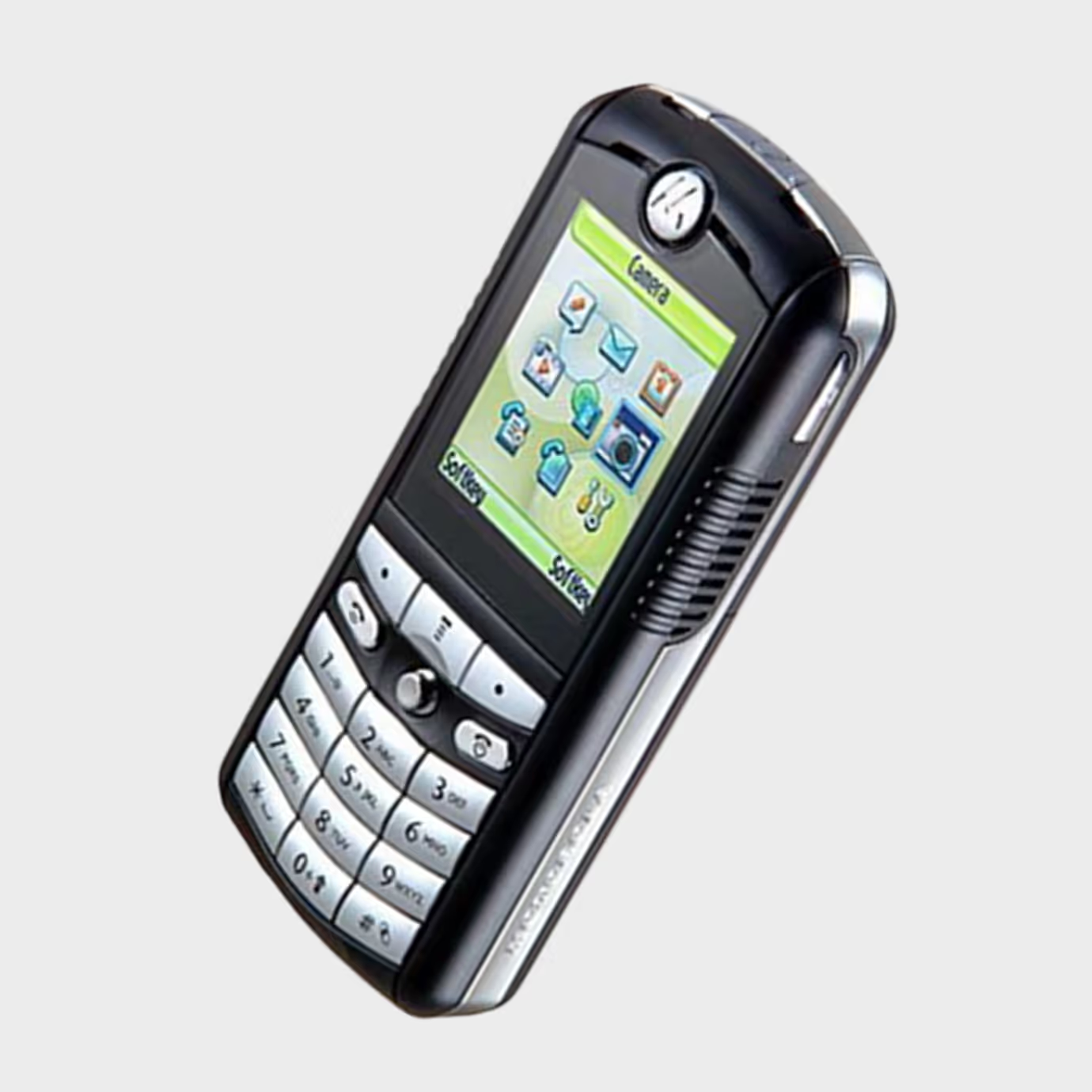
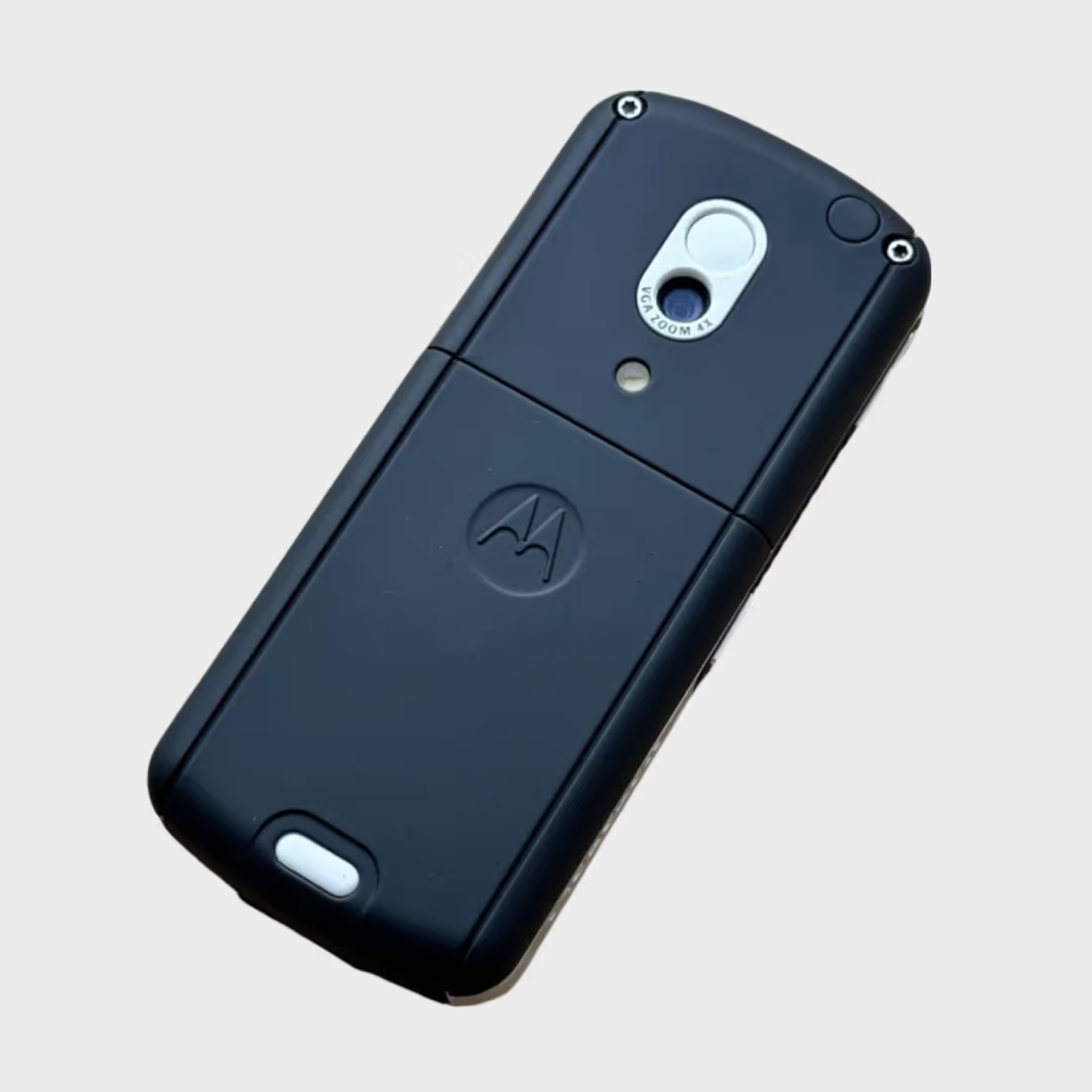
Yeah, let’s turn back a little, our stop is 1996. The StarTAC was among the first mobile phones to gain widespread consumer adoption; approximately 60 million StarTACs were sold. However, the cost wasn’t cheap at all and amounted to $1000 at its launch.
As you can see, the 1st ever flip-phone had almost no screen but only a small calculator-style window for reading SMS and viewing the digits you enter. The key features of StarTAC (apart from making calls) included reading text messages (but not sending them) and a vibrate alert instead of a ringtone. The black version looks somewhat solid and reminds of a spy walkie talkie. The external design of Moto StarTac was considered revolutionary and it still looks unusual nowadays.
Motorola even called the StarTAC a "wearable" phone implying it could be worn fashionably as an accessory, which had never been seen before. In 1998 the Rainbow version was out. This one targeted at young trendy consumers and really looked like a flamboyant toy for kids under 7. Today you can get a pre-owned StarTac Rainbow at a starting price of $450. Yeah, its functionality is no longer that innovative but hey, we’re talking a piece of history here.
In 2005, PC World named the StarTAC as the 6th Greatest Gadget of the Past 50 Years. Beyond any doubt this is a legendary cellphone that paved the way for other mobile companies and made mobile connection a necessity, not a luxury.
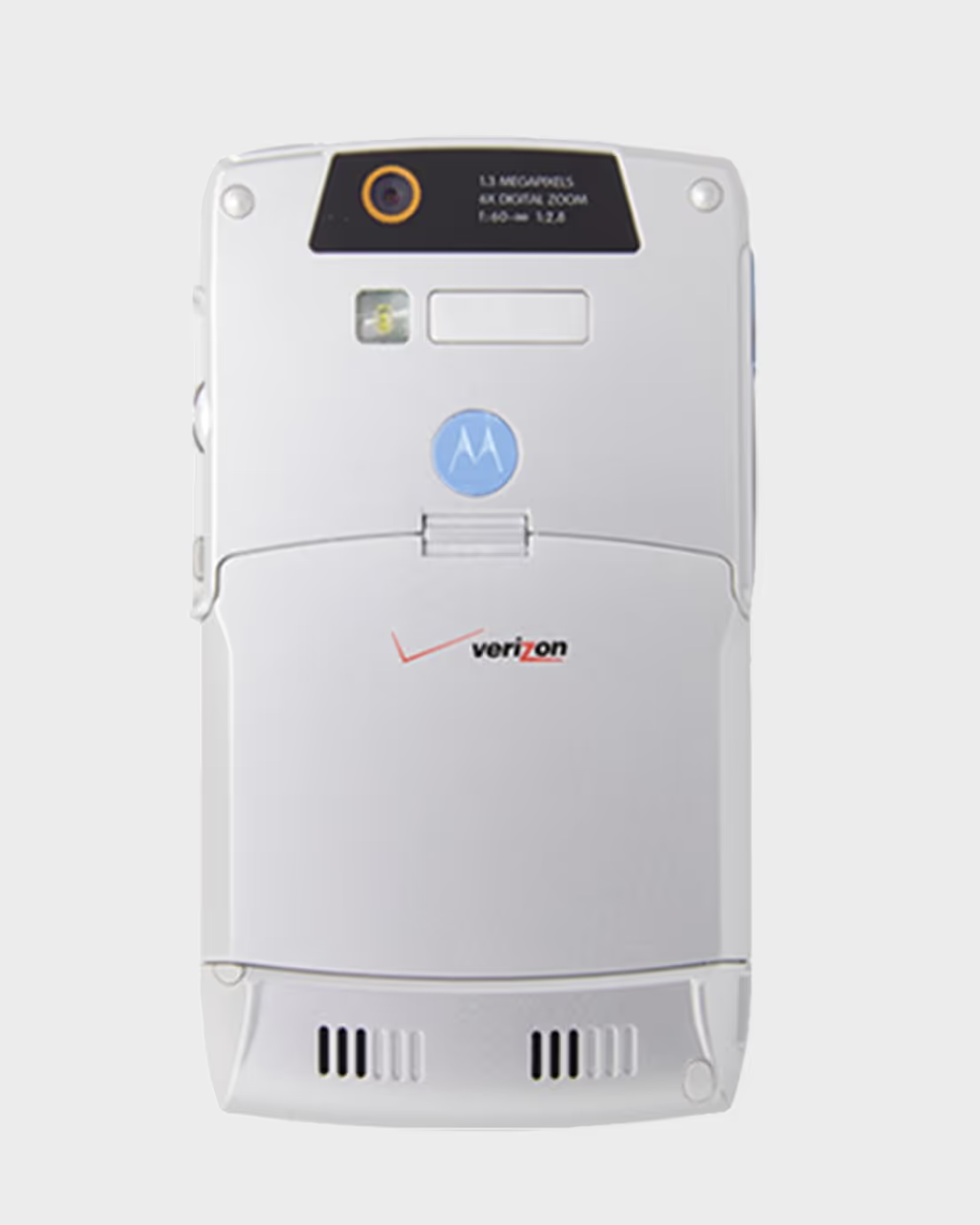
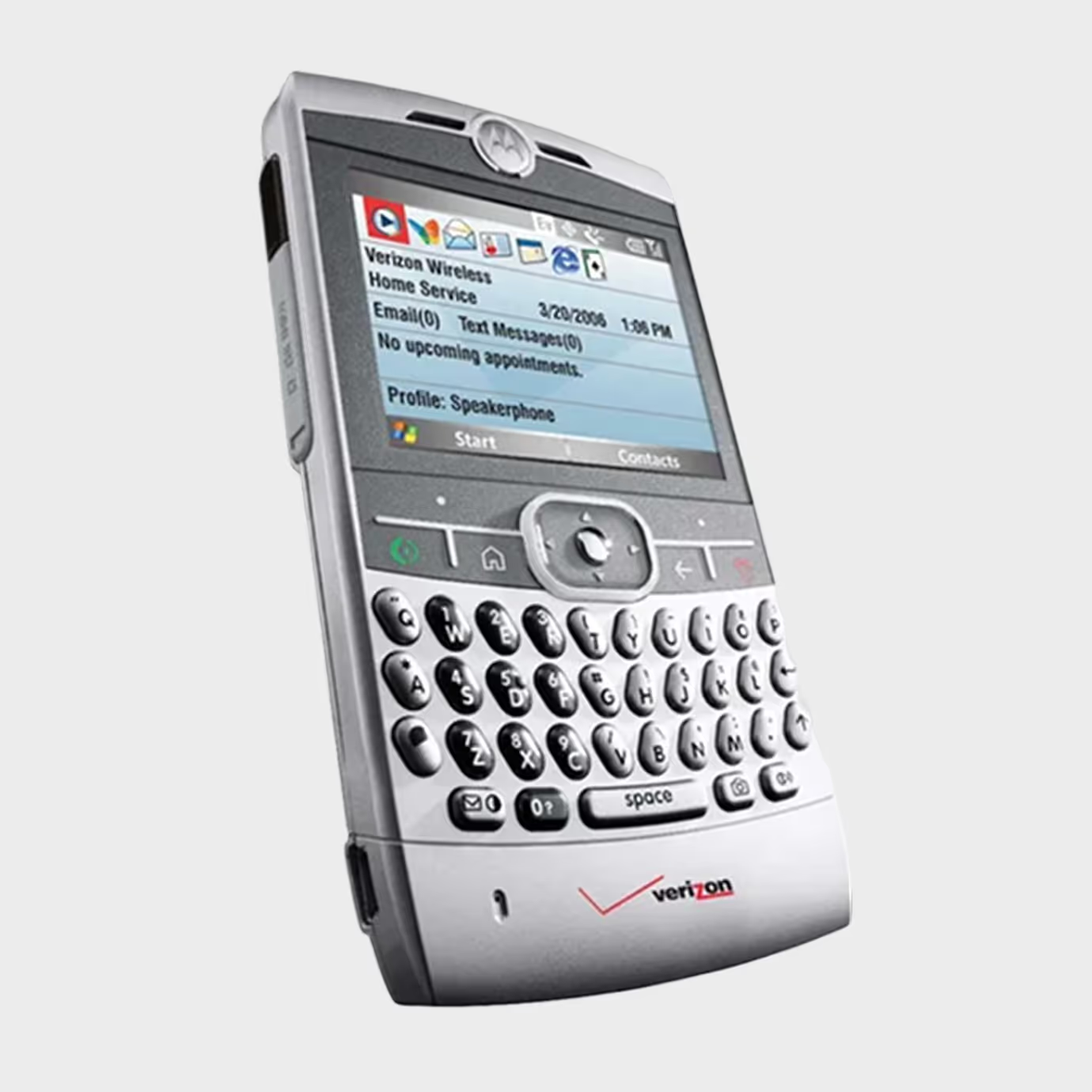
The slimmest querty-keyboard device back in the day. Motorola’s CEO, Ed Zander, described the Moto Q as “a real must-have device that enables true seamless mobility by liberating all of us from the constraints of our offices and living rooms." But let’s be honest here, first of all it gave its owner this serious businessy kinda look.
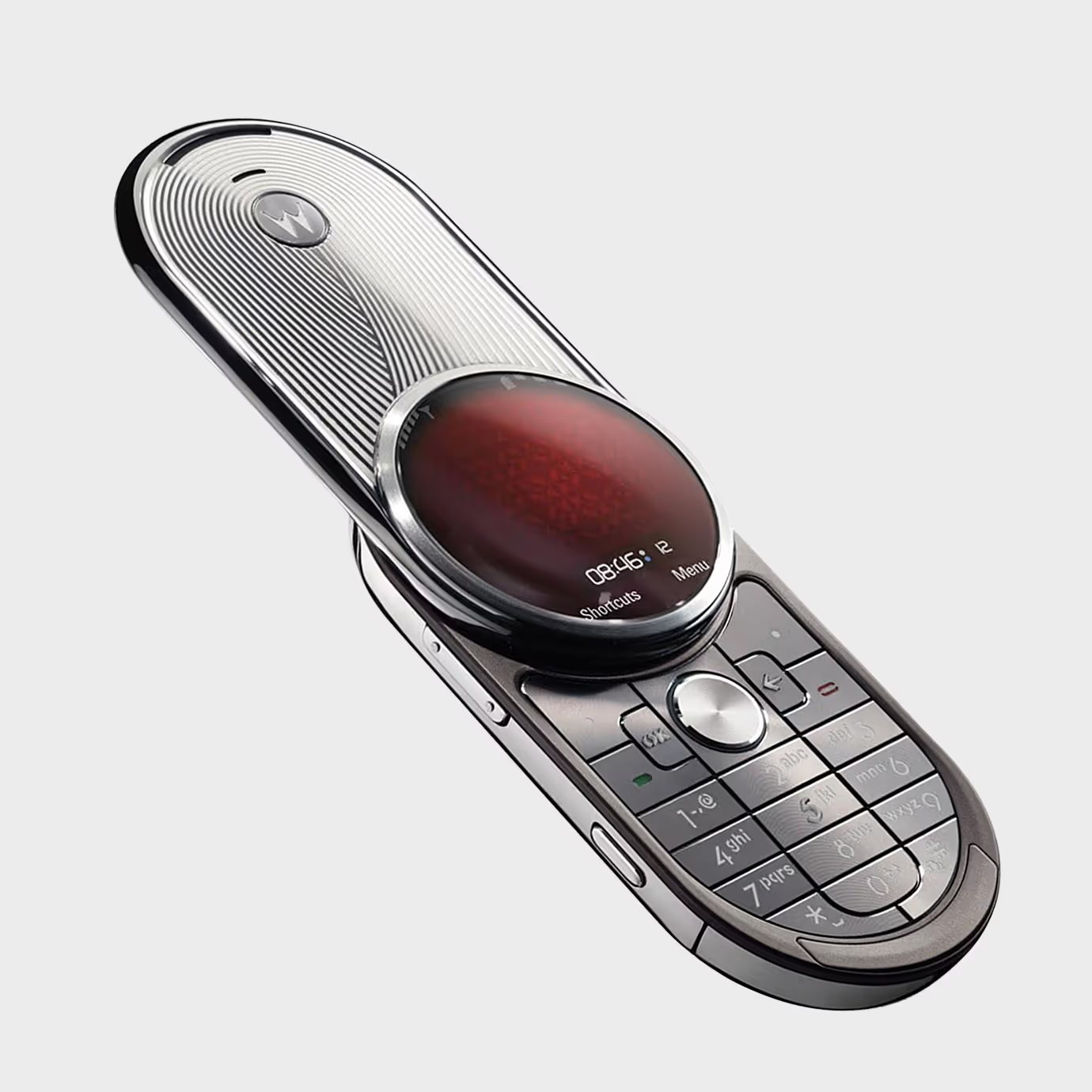
An insanely luxurious Motorola series with a 360° rotating form-factor and a circular sapphire screen (resembling expensive Swiss watch). Starting price - $2000. However, for the Aura Diamond Edition (2009) featuring gold plating and real diamonds around the screen the launch price amounted to $5730. The Aura proved to be a so-called image-phone with mediocre features but top-notch design back in the day.
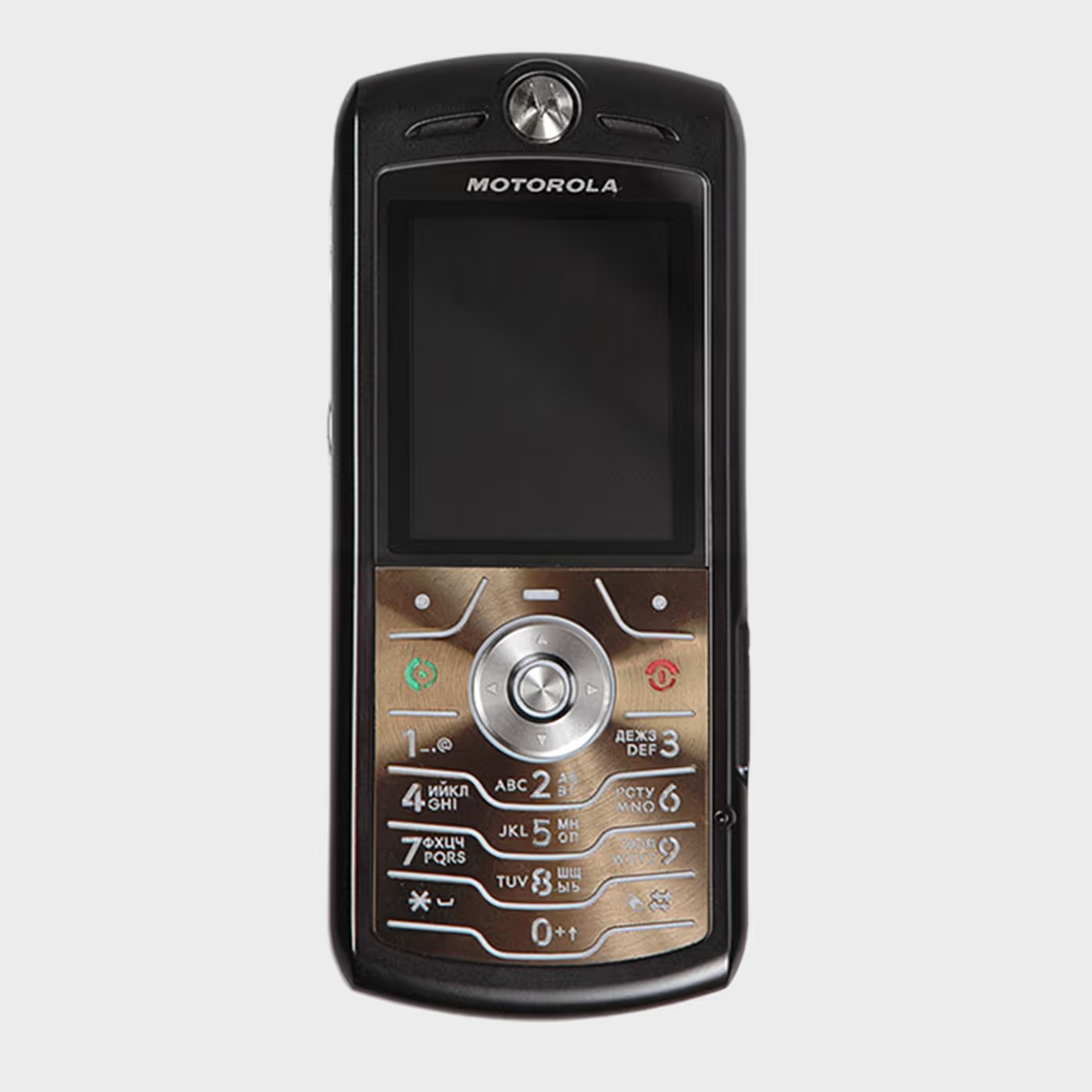
A better and more classy version of E398. One of a few non-Apple branded phones released featuring iTunes support, allowing the user to play up to 100 downloaded songs that are stored on the phone's removable microSD card. However the main feature was its dedicated web-browser and a web video downloader.
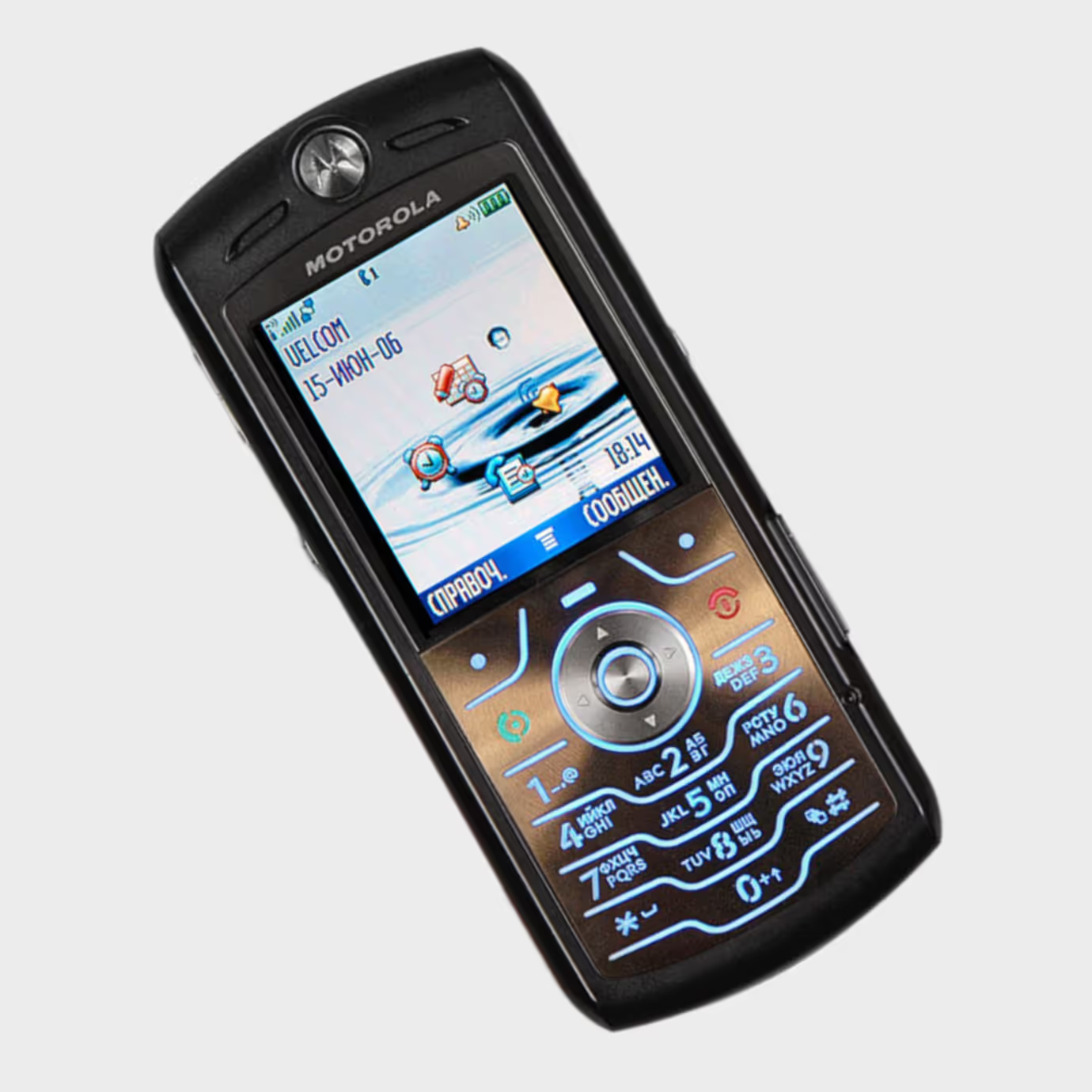
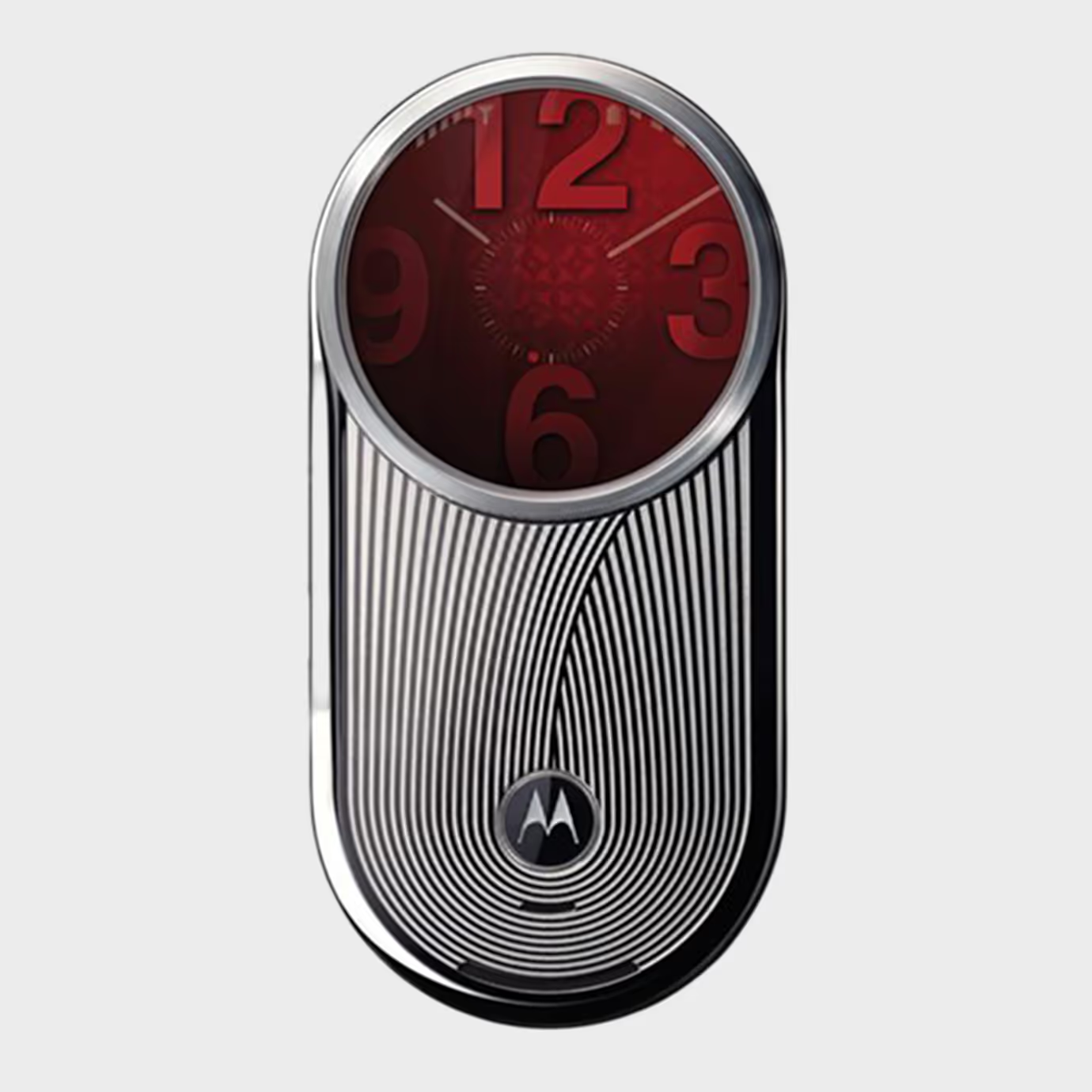
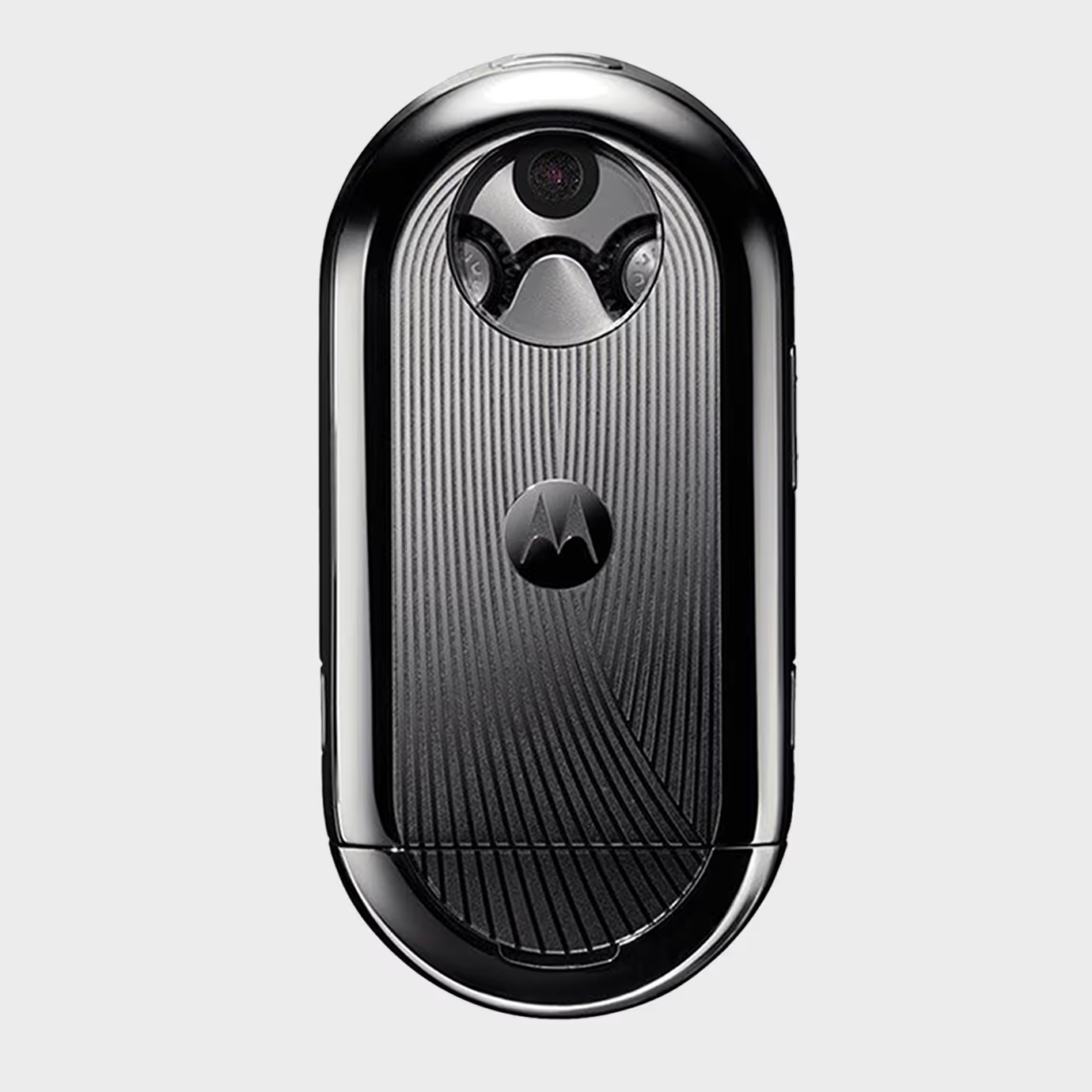
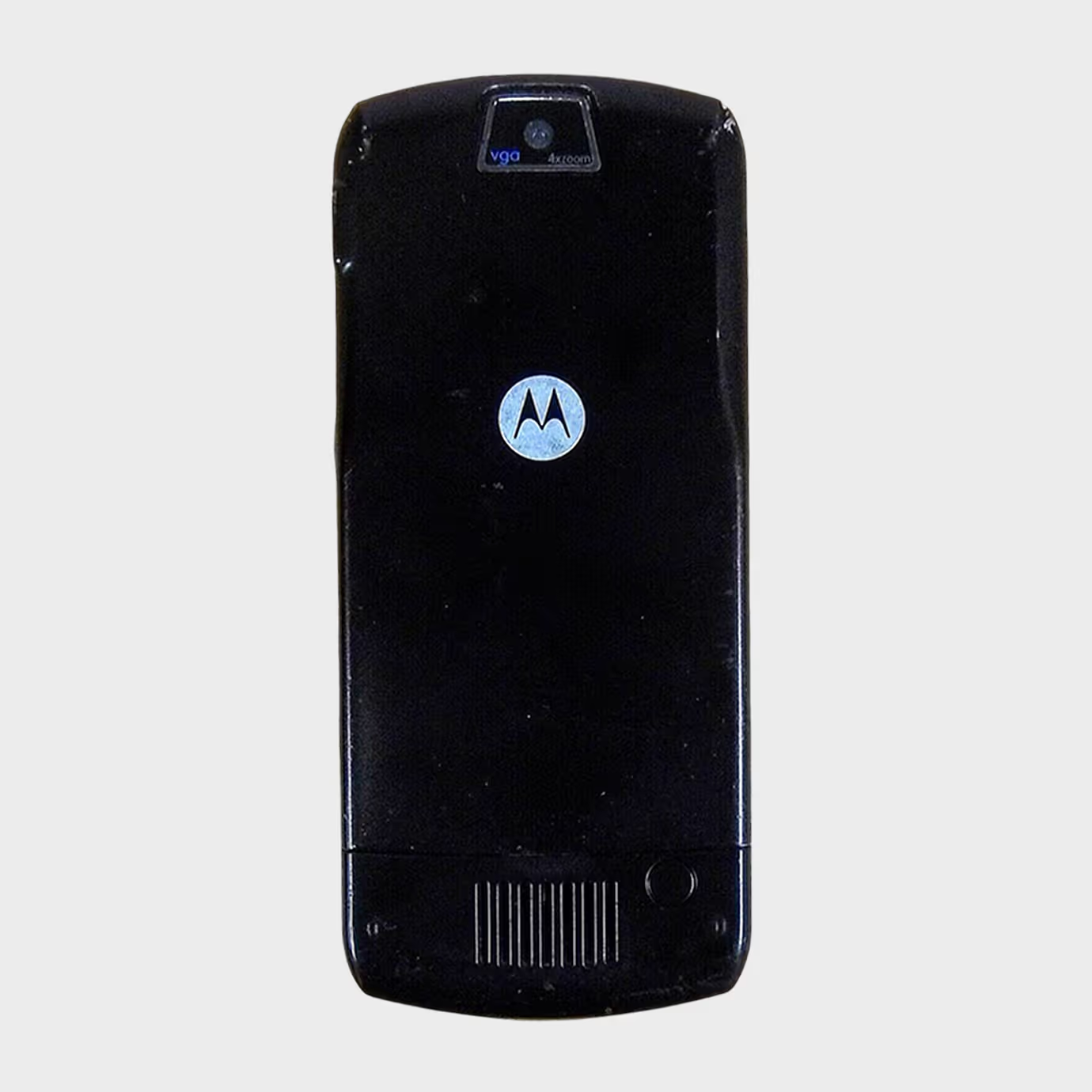
The most popular phone of 2005-2009 (especially in the US). With its unique and ultra-thin aluminium body, coupled with a high price, the RAZR V3 was initially positioned as a desirable premium phone. After some price reductions it became extremely successful worldwide.
The phone’s sleek silhouette and smooth keypad made it feel like a luxury item rather than just another piece of technology. Here’s the fact: Steve Jobs was ispired by its design and further implemented some of its features in his IPhone. However some consumers noted that RAZR was nothing but a nice-looking toy with poor functionality.
Anyways, what it lacked in functionality it made up for in sassy looks. RAZR V3 was even marketed as a celebrity-phone, promoted by such icons as Paris Hilton, Reese Witherspoon and the character of Meryl Strip - Miranda Priestly (Devil wears Prada). One could eventually buy a RAZR in any color to match their personality, however Pink was always a top choice.
Nowadays you can only purchase a brand new original RAZR V3 (2004) from a retro-cellphone collectioner at an approximare price of $600. Is it still worth it? - You decide. However you’re guaranteed to dive into nostalgic memories (in case you’re over 30) or even feel like one of those prom queens everyone was jealous of. If that’s not enough, you also get 2 displays (one of them external), 5.5 MB memory, Bluetooth and a 0.3 megapixel camera.
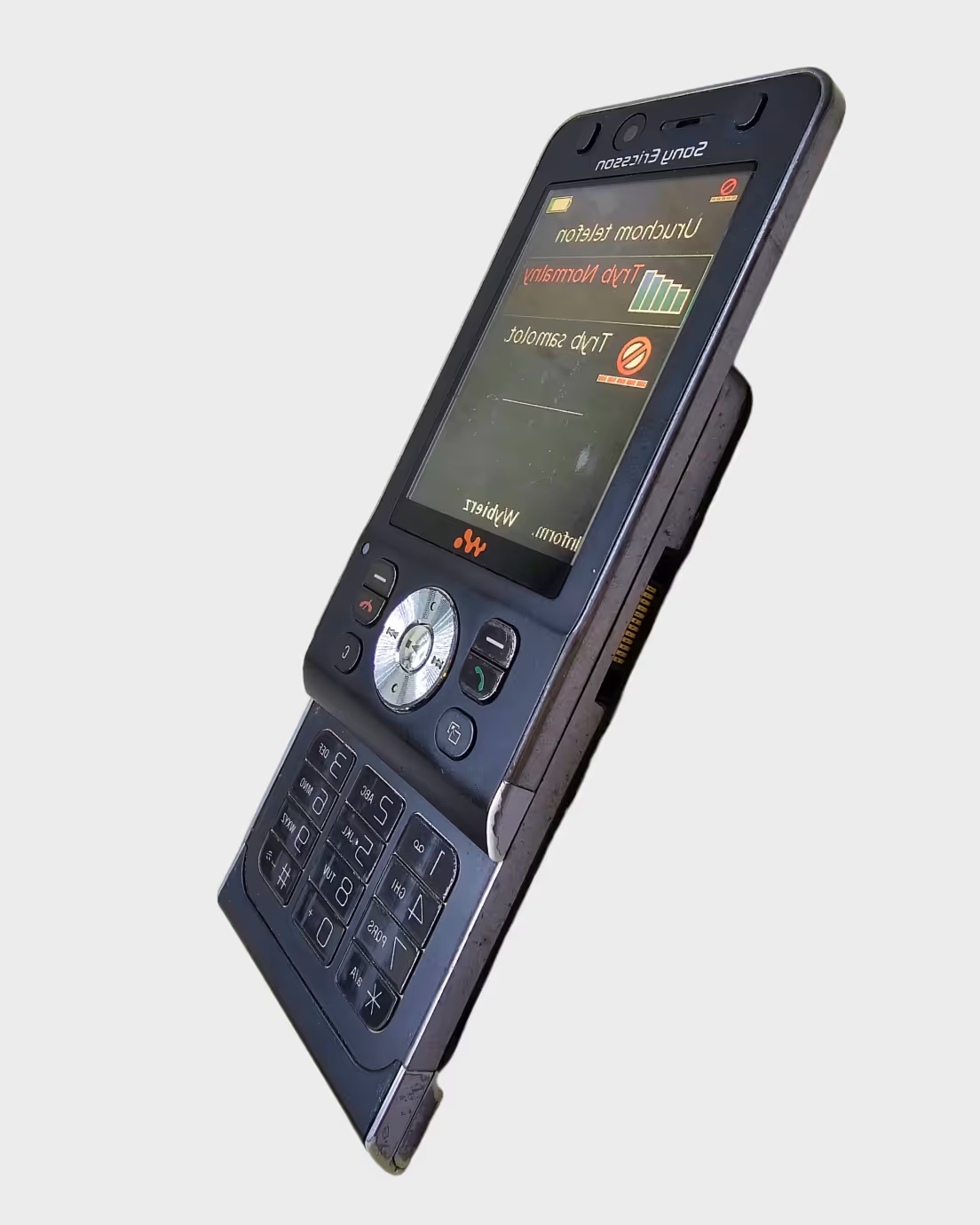

A cute bar-phone with a blue screen and keyboard backlighting. Just enough to make basic calls and send SMS. No games available but you can make do with an organizer, stopwatch and photo-editor. Nice and simple.

The first and one of the most famous phones in Ericsson Walkman series featured a fully-functional mp3-player, excellent sound quality, first-rate earphones, fine display, auto-focus camera and stylish orange design, of course.It was possible to play music for 15 hours if the phone function was switched on, or up to 30 hours if the radios were turned off and the phone was in aeroplane mode. W800 was a real catch for dedicated music-lovers.
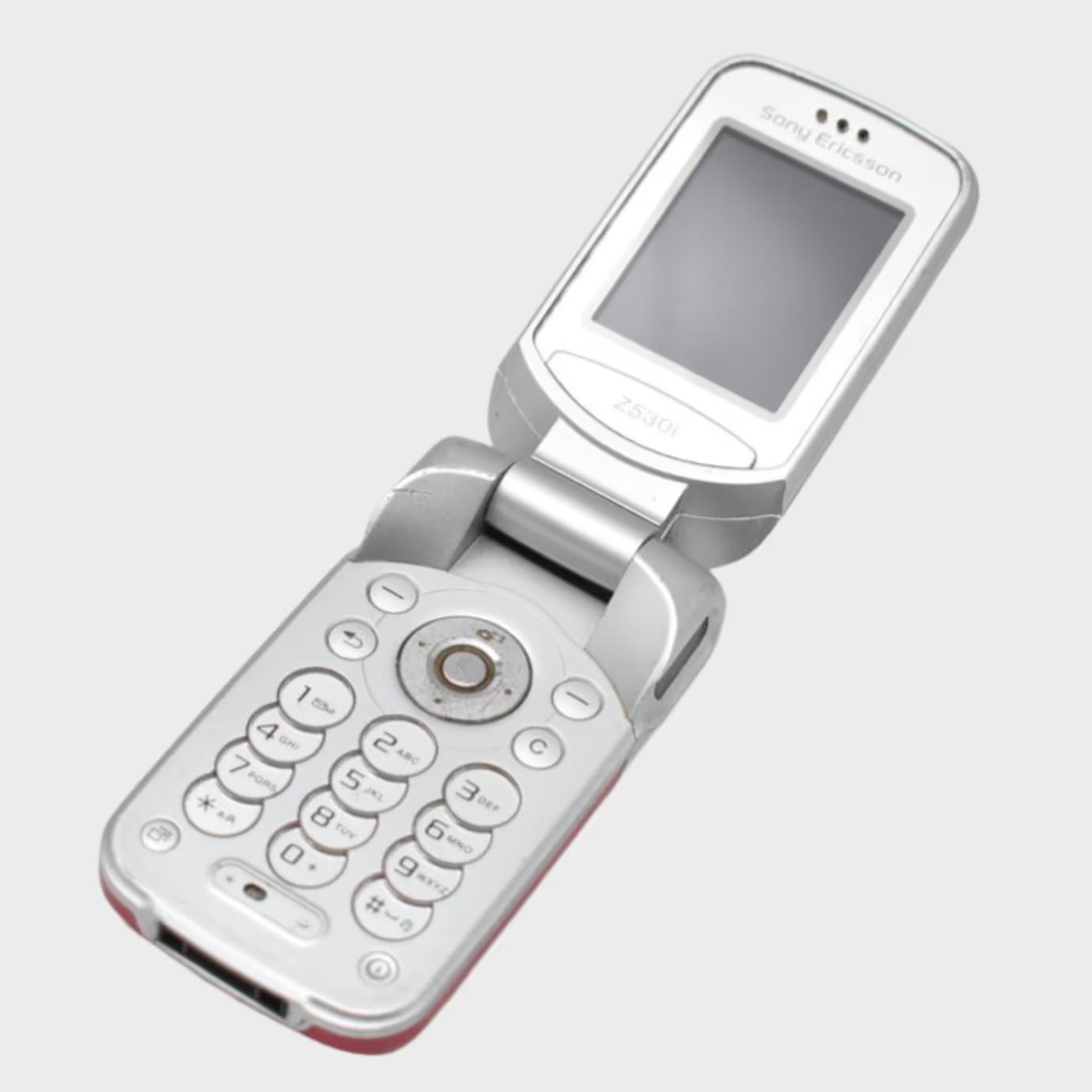
Ericsson Z-series featured affordable clamshell (or flip) phones, this one is no exception. The camera had a 4X digital zoom and a 65k color display. Sony Ericsson described it as "an ideal tool to capture, view and share images". As for me, I like its futuristic design, just look at this bad-ass keypad.
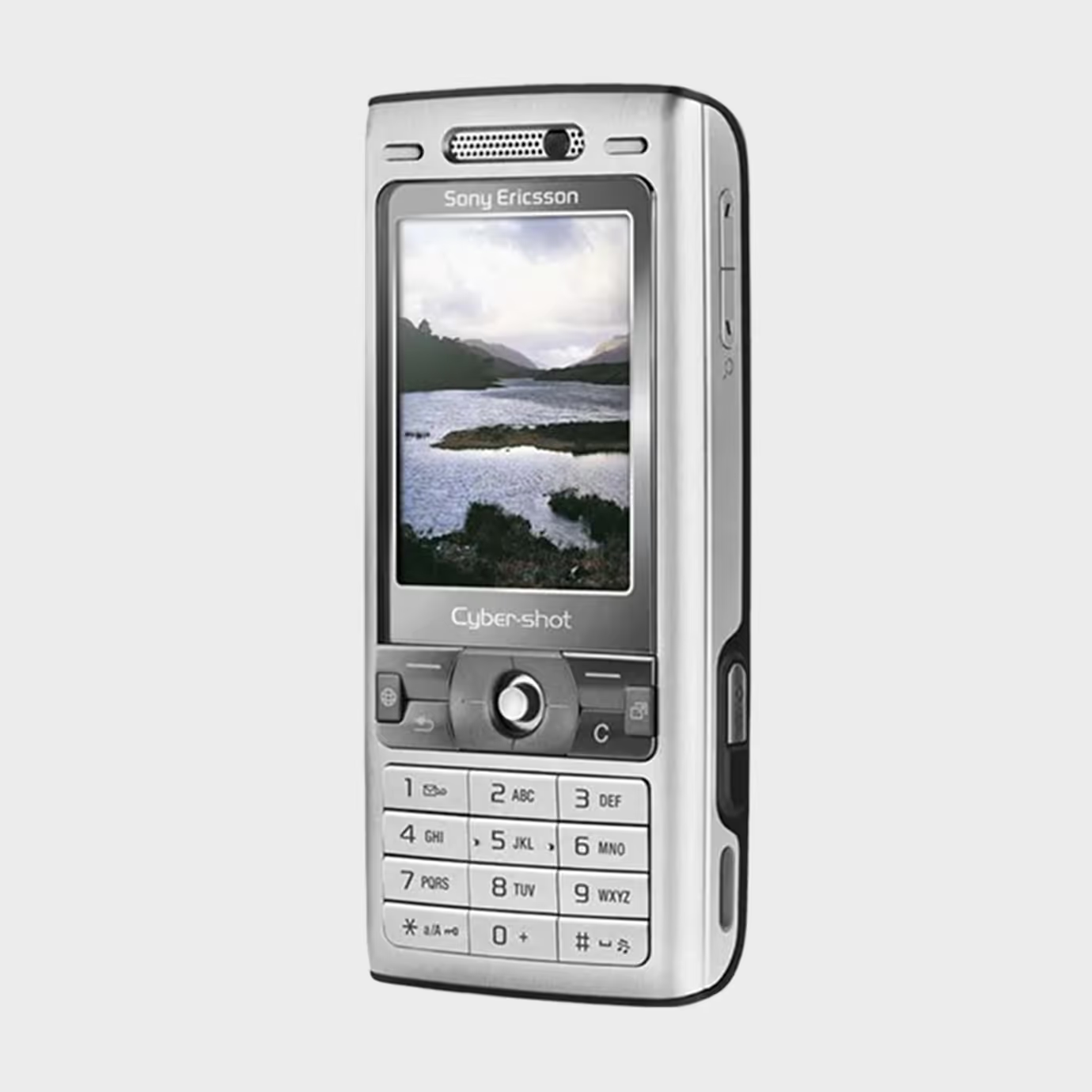
The first in a legendary Cyber-shot series. As the name suggests, this phone had a 3.2-megapixel digital camera with a xenon flash (which was a killer-feature) and a protective lens-cover. k800i also had a media player with Equalizer and Stereo Widening as well as an ATI’s graphics engine, which delivered a full 3D gaming graphics for Java and full support for the camera. You could also make simple music, airbrush your photos and even identify the music playing around via side-apps.
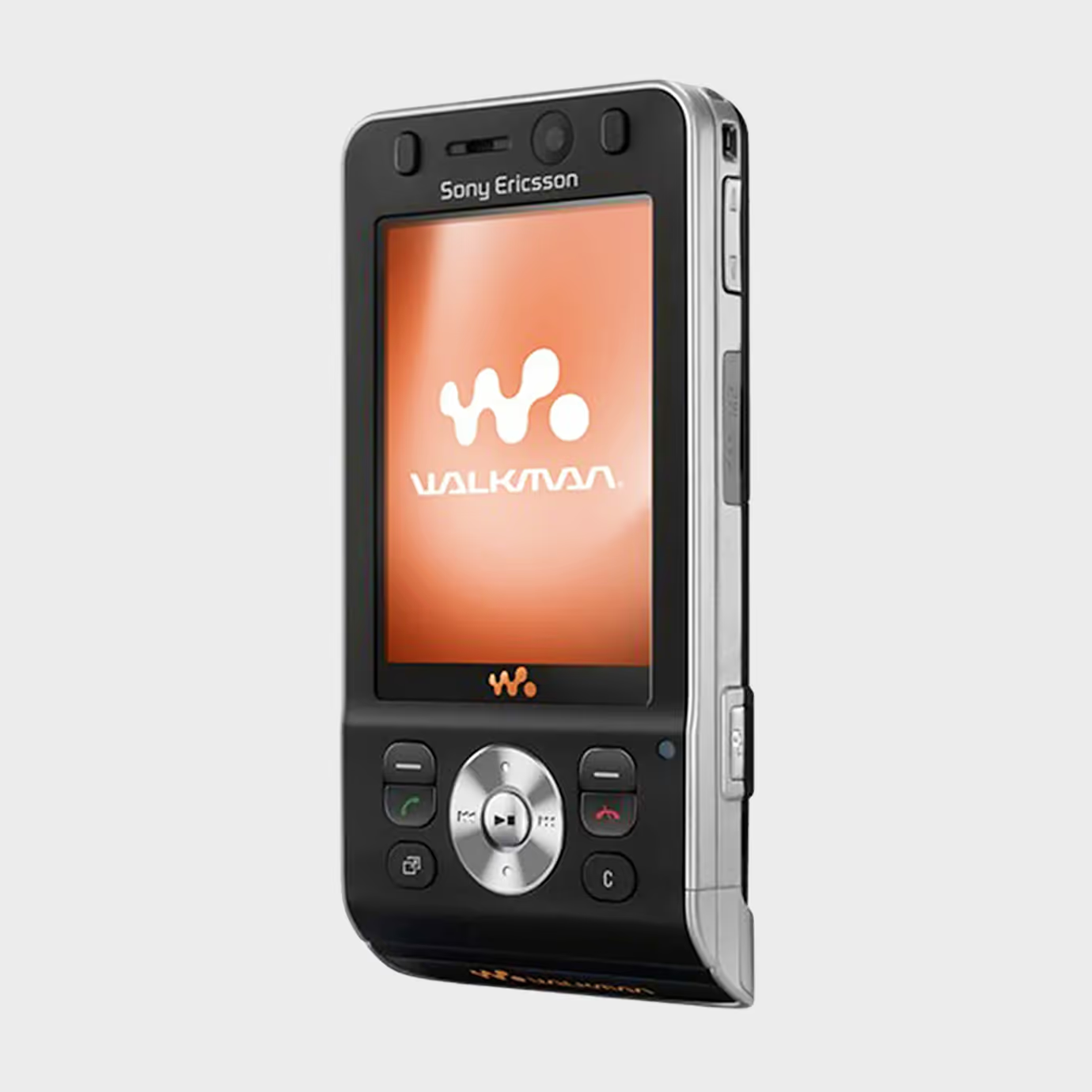
Another hyper-popular Walkman phone featuring ‘shake-control’ that enabled music track switching by shaking the phone. W910i also had Java ME based video games. The Walkman music software used the 'SensMe' feature which designated the mood depending on the genre and the speed of the track the user was playing.
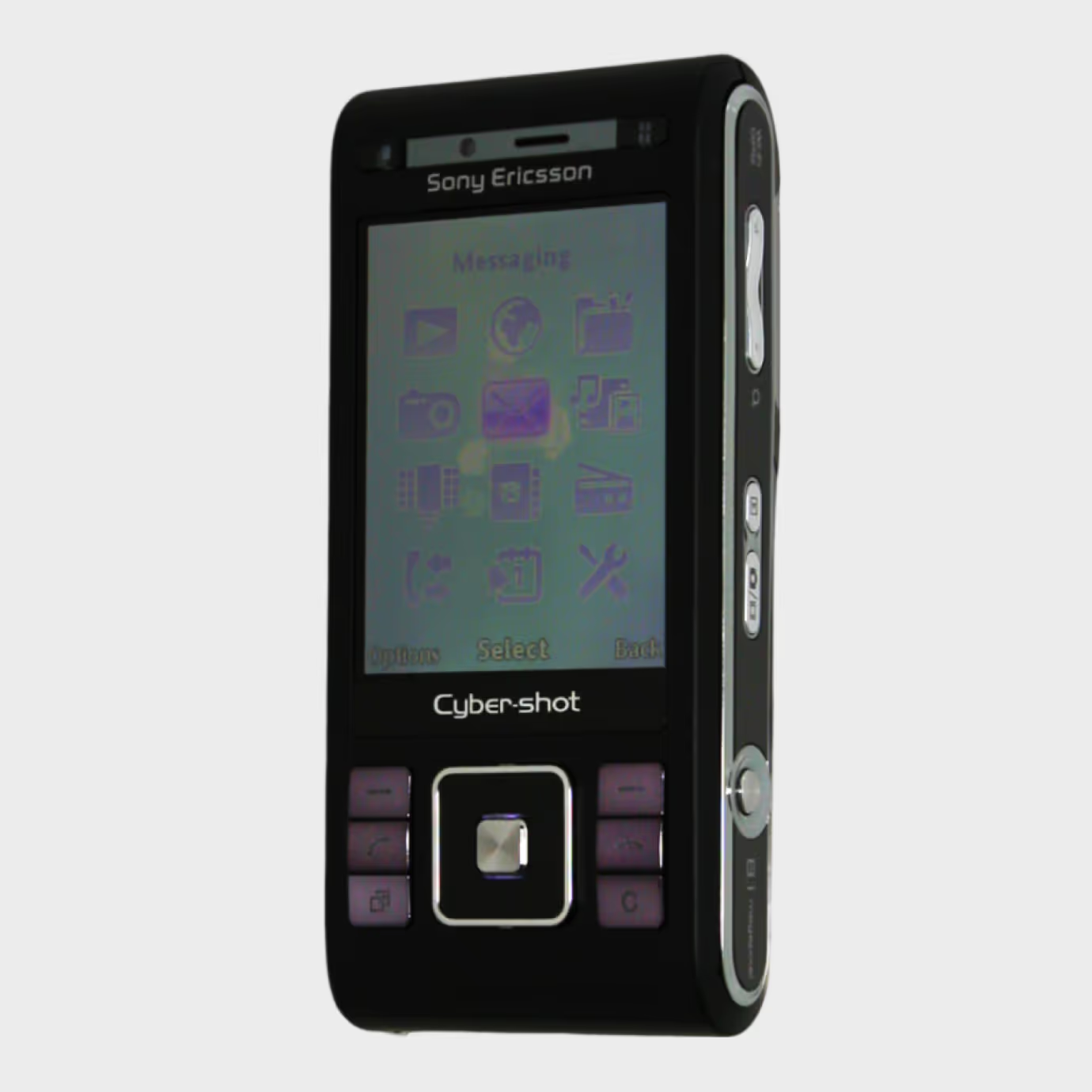
The ultimate camera-phone of its time with a 8-megapixel camera and face detection up to 3 faces. In addition to this, C905 could flaunt 160MB of internal memory, media player and Track ID app for music identification. Had a fashionable slider form-factor back in mid 2000s.
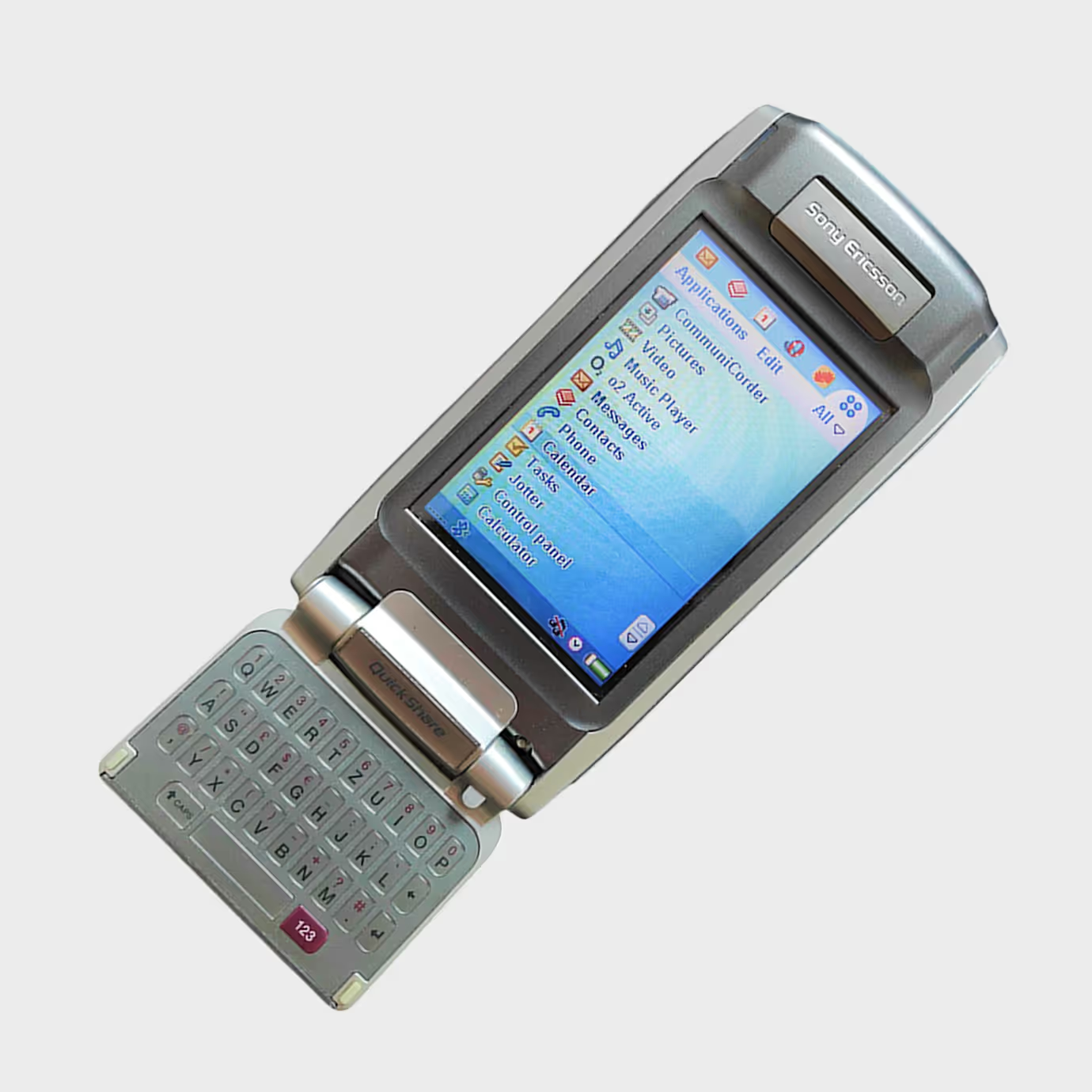
Made for busy bees. Has a flip-querty keyboard that (can also be removed completely) and a numerical one on the other side. Flaunts huge internal memory of 64MB and a processor running Symbian OS. Offers various business tools such as file-manager, storage wizard, sound recorder, video and music players but...no games? Again?
